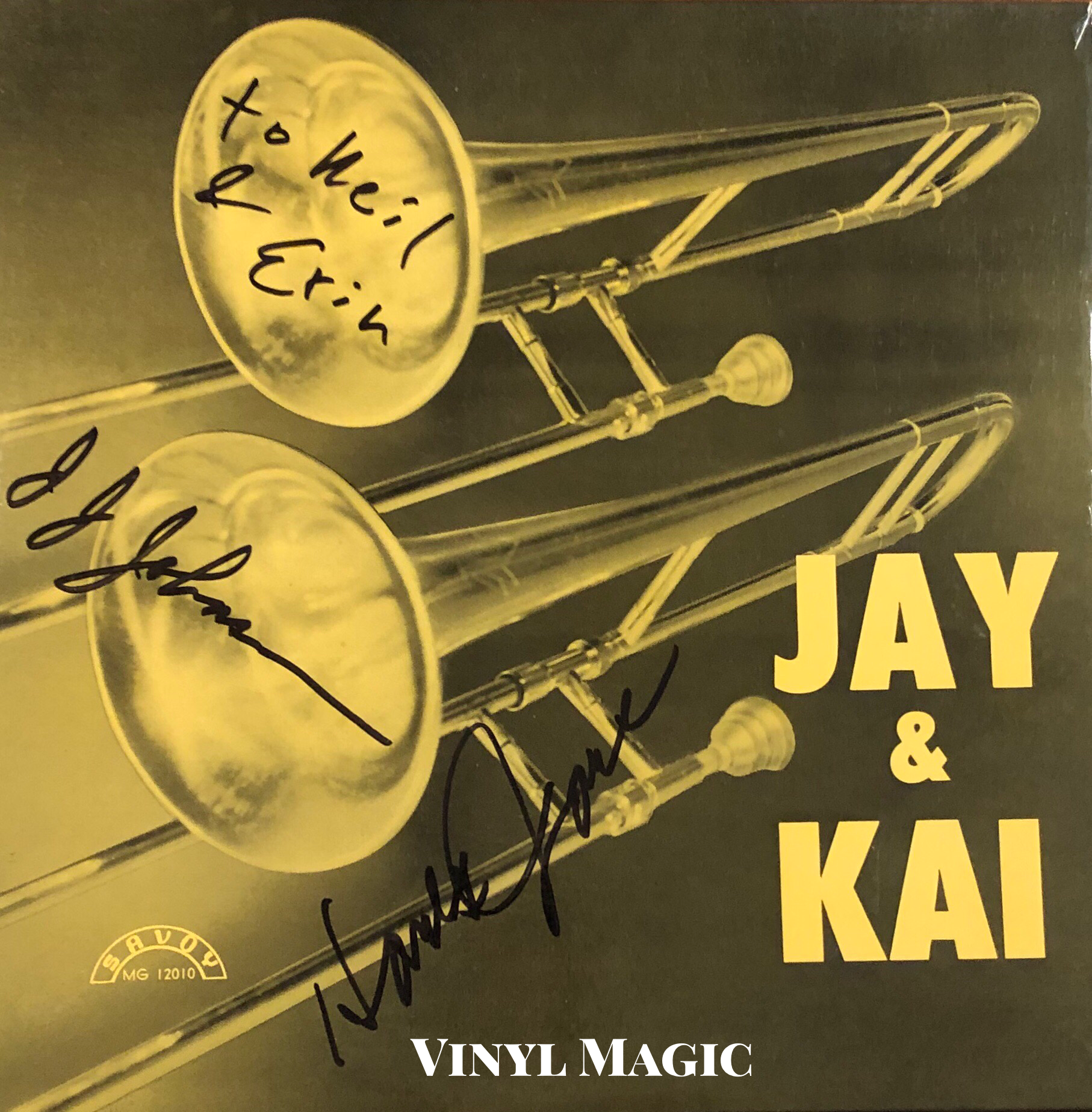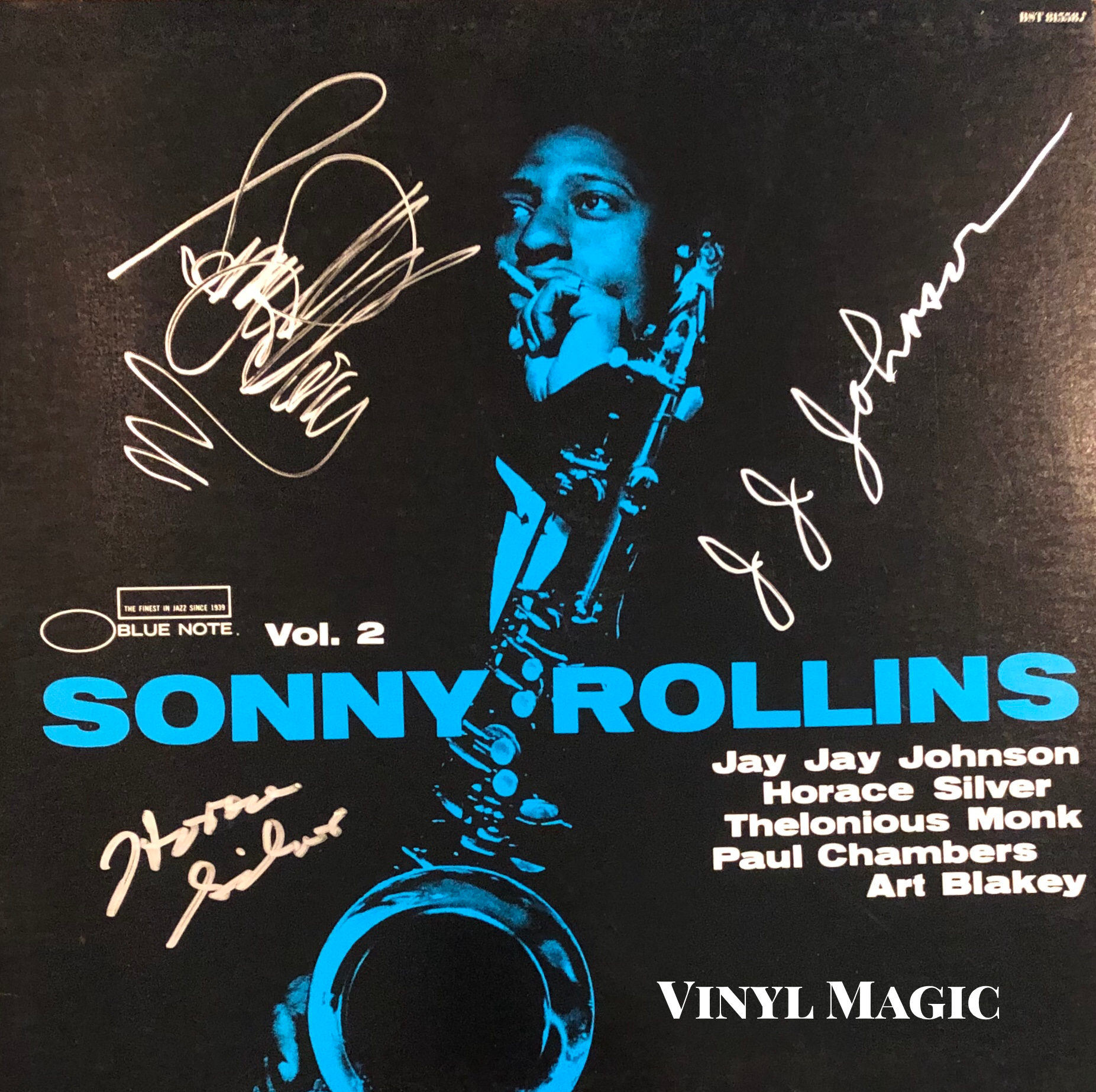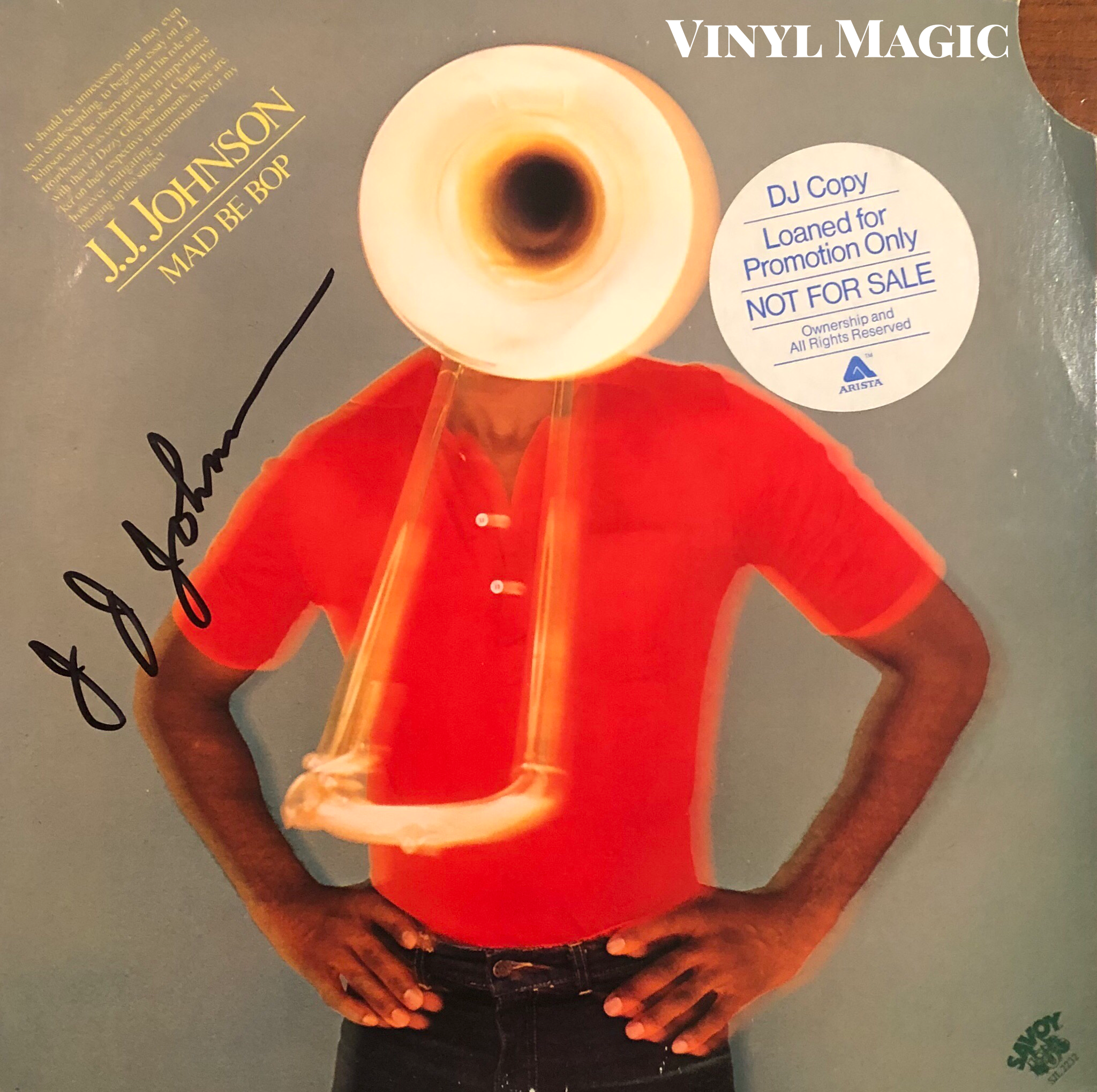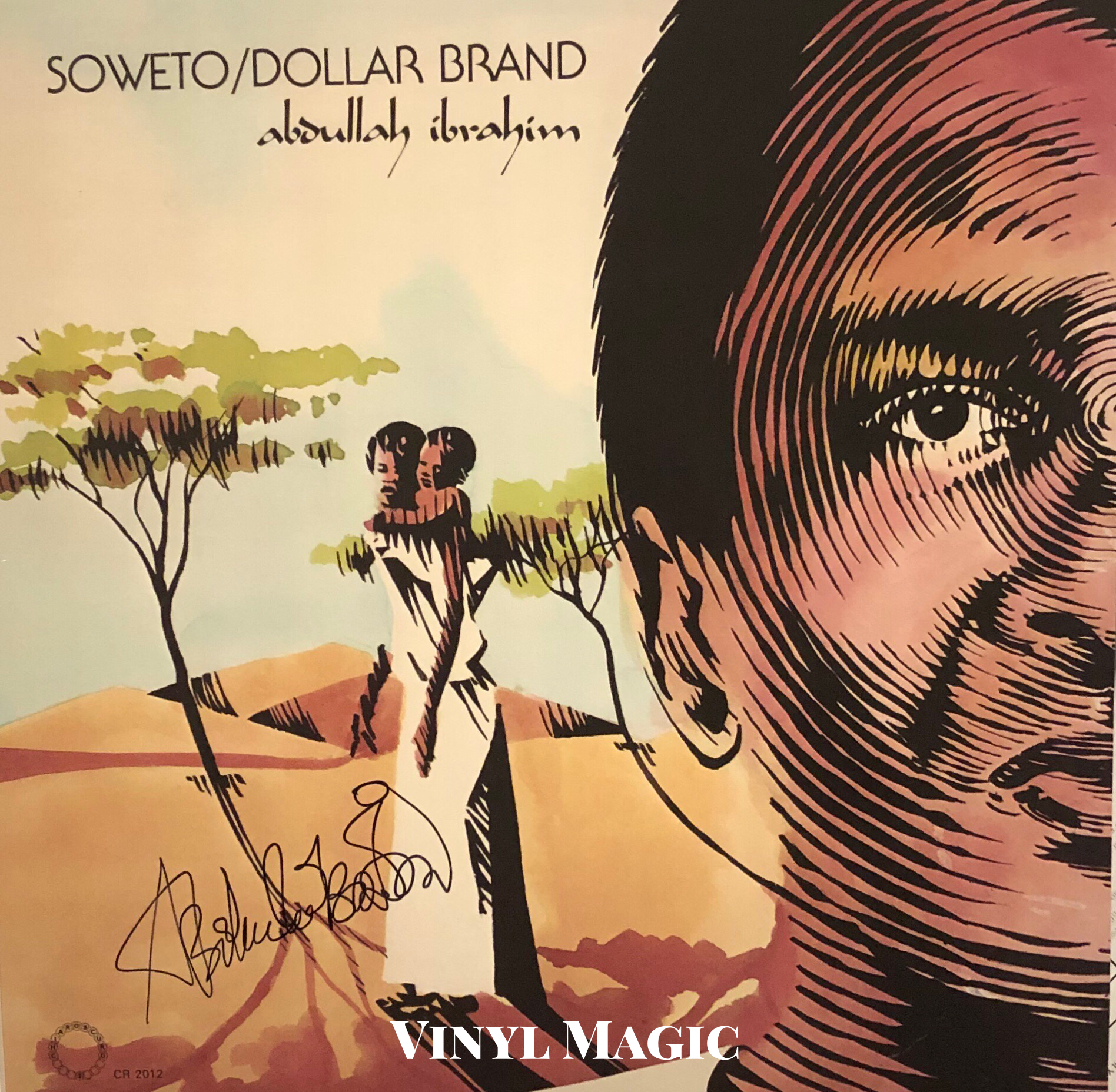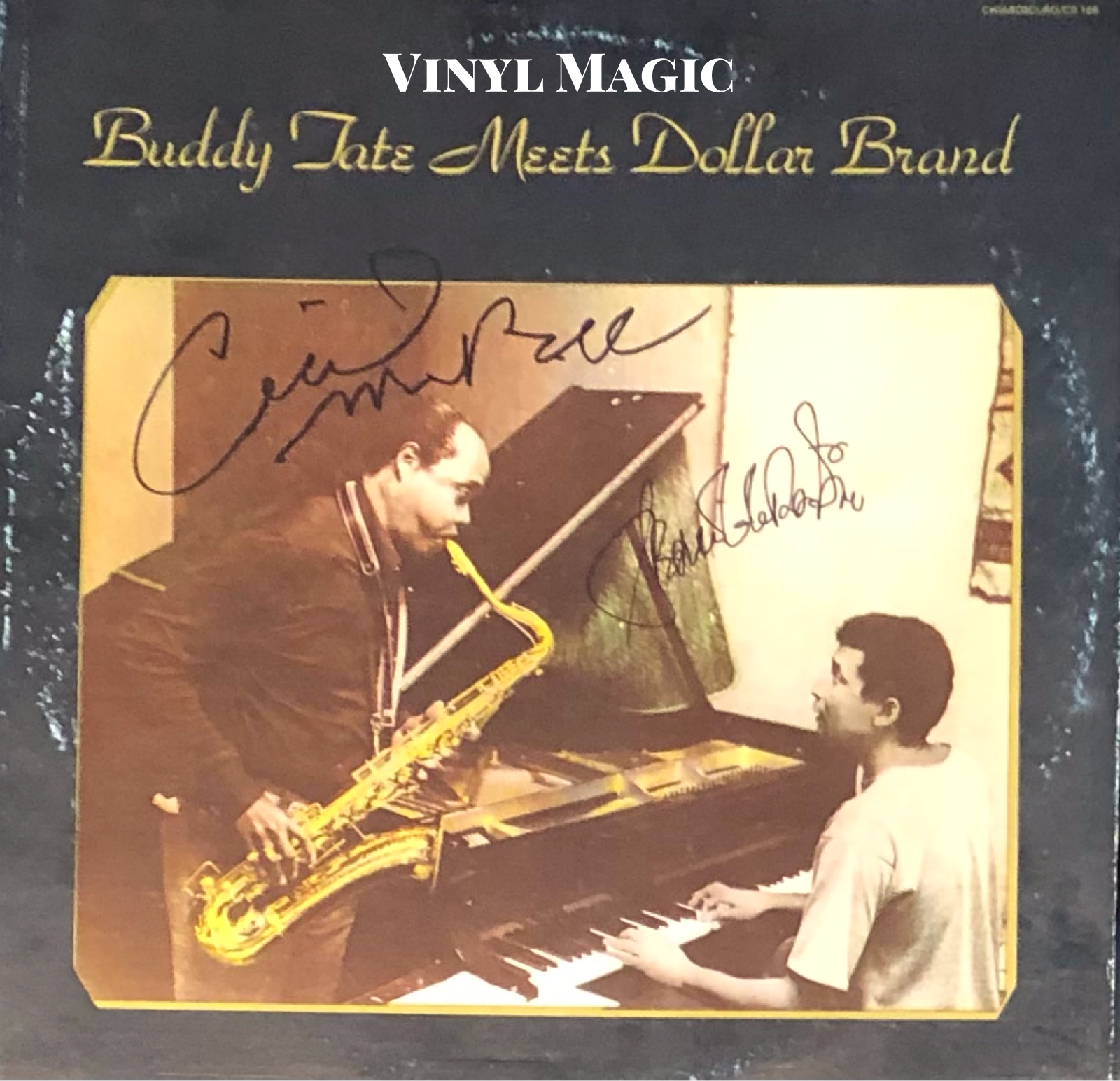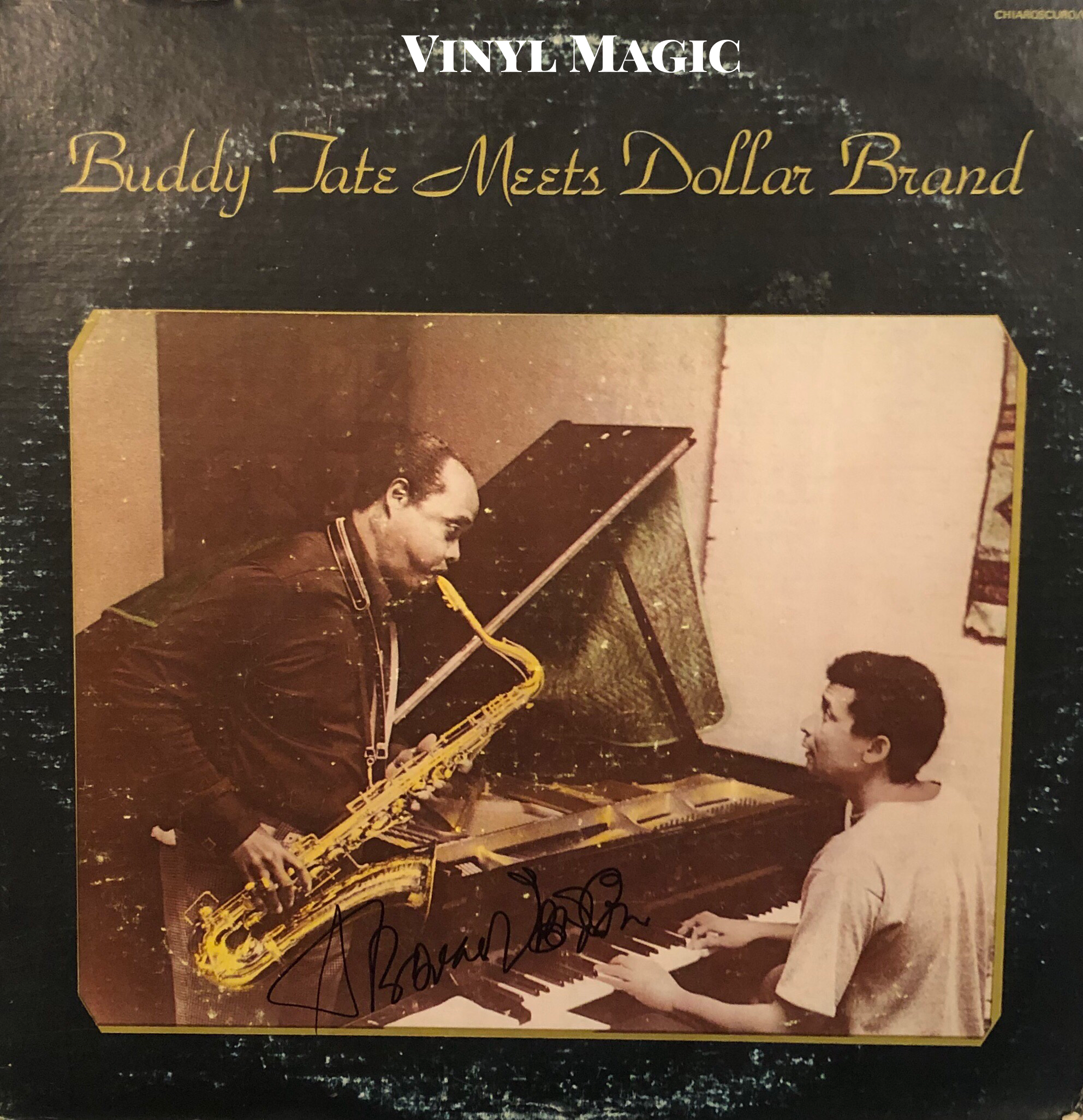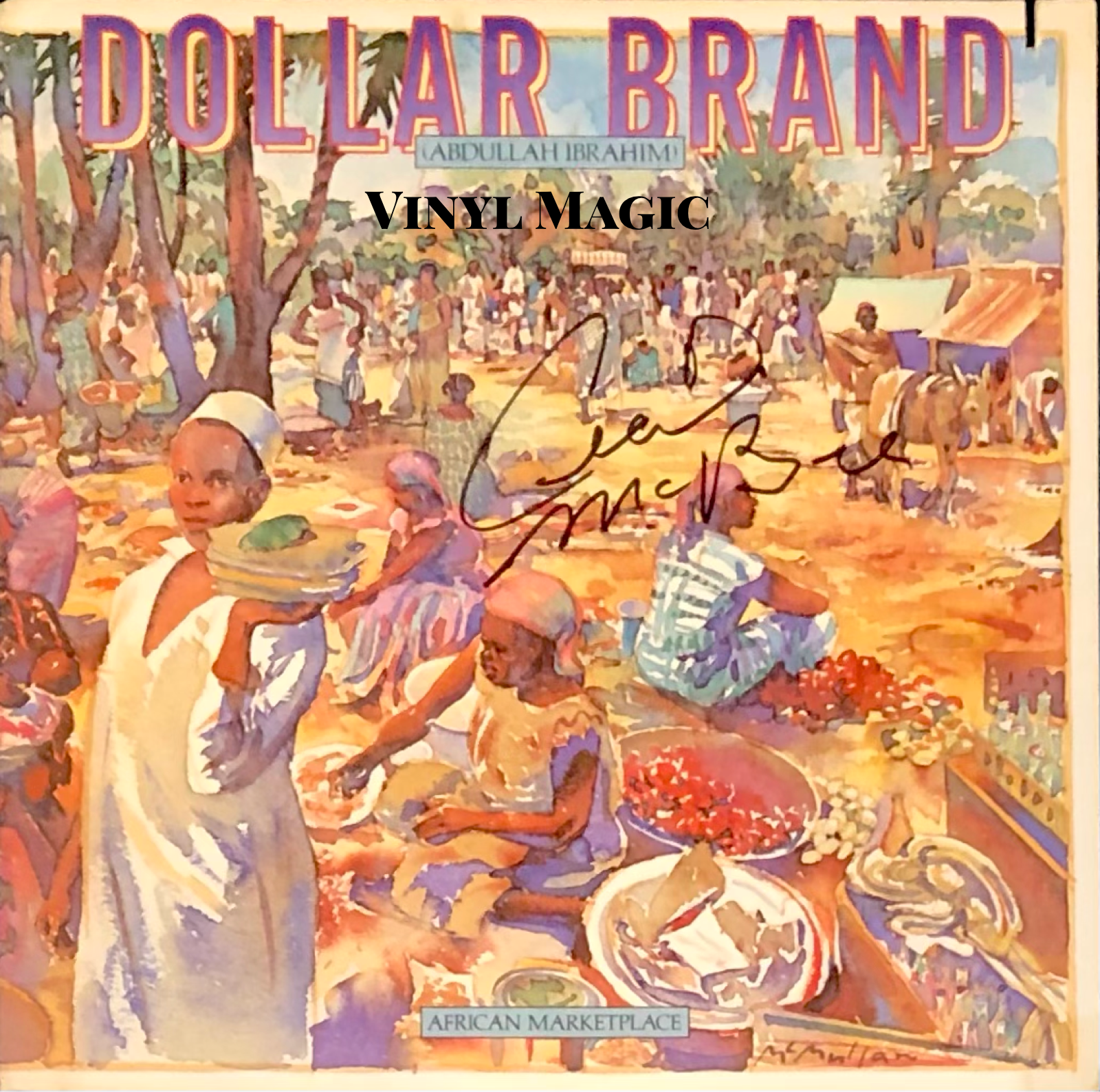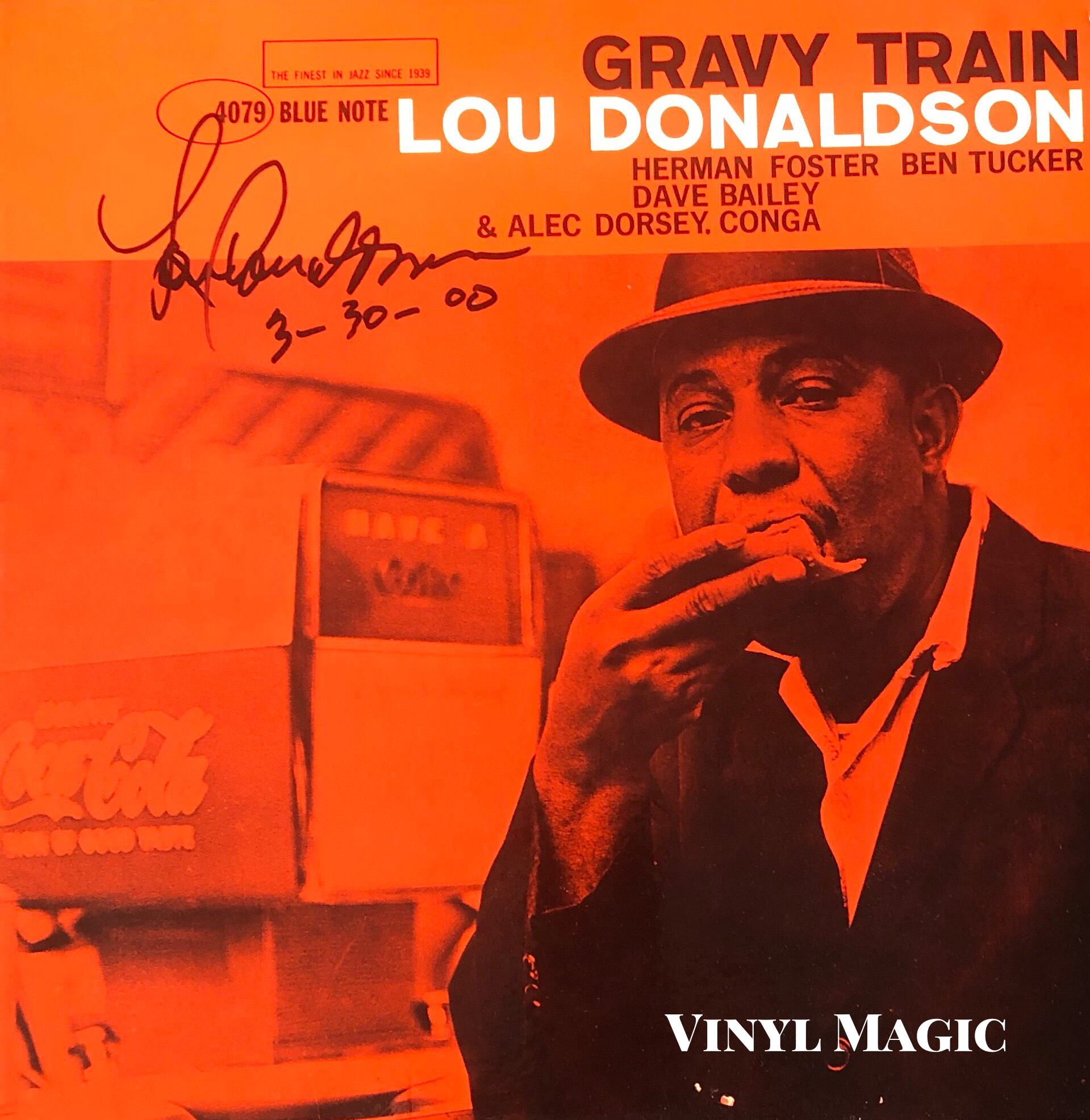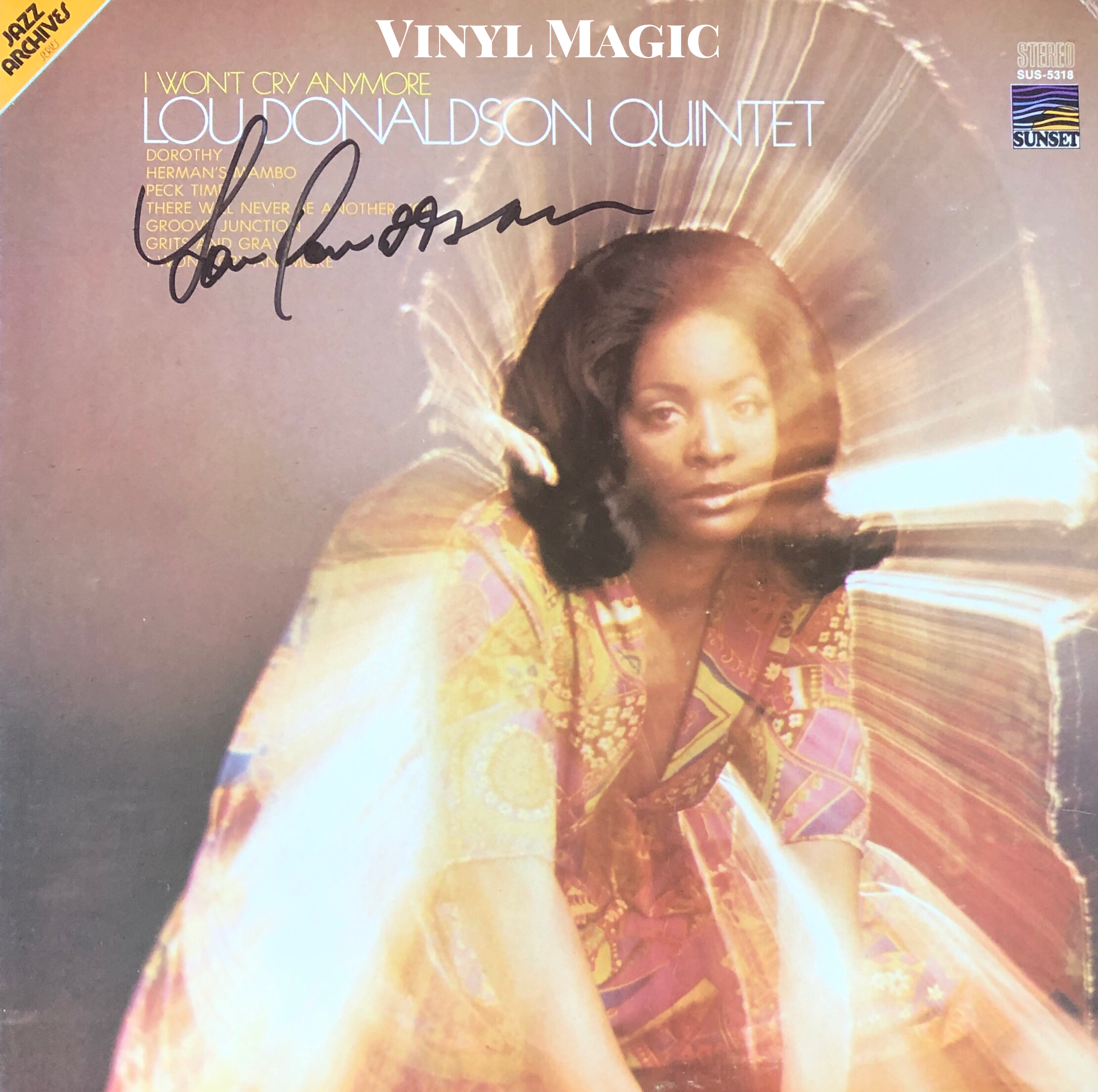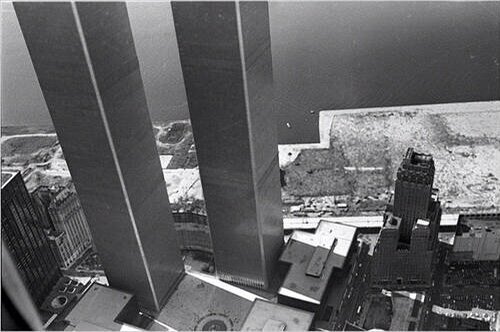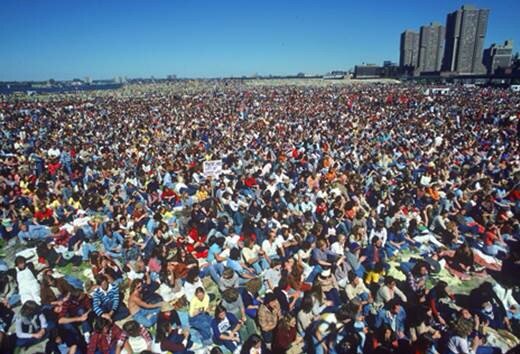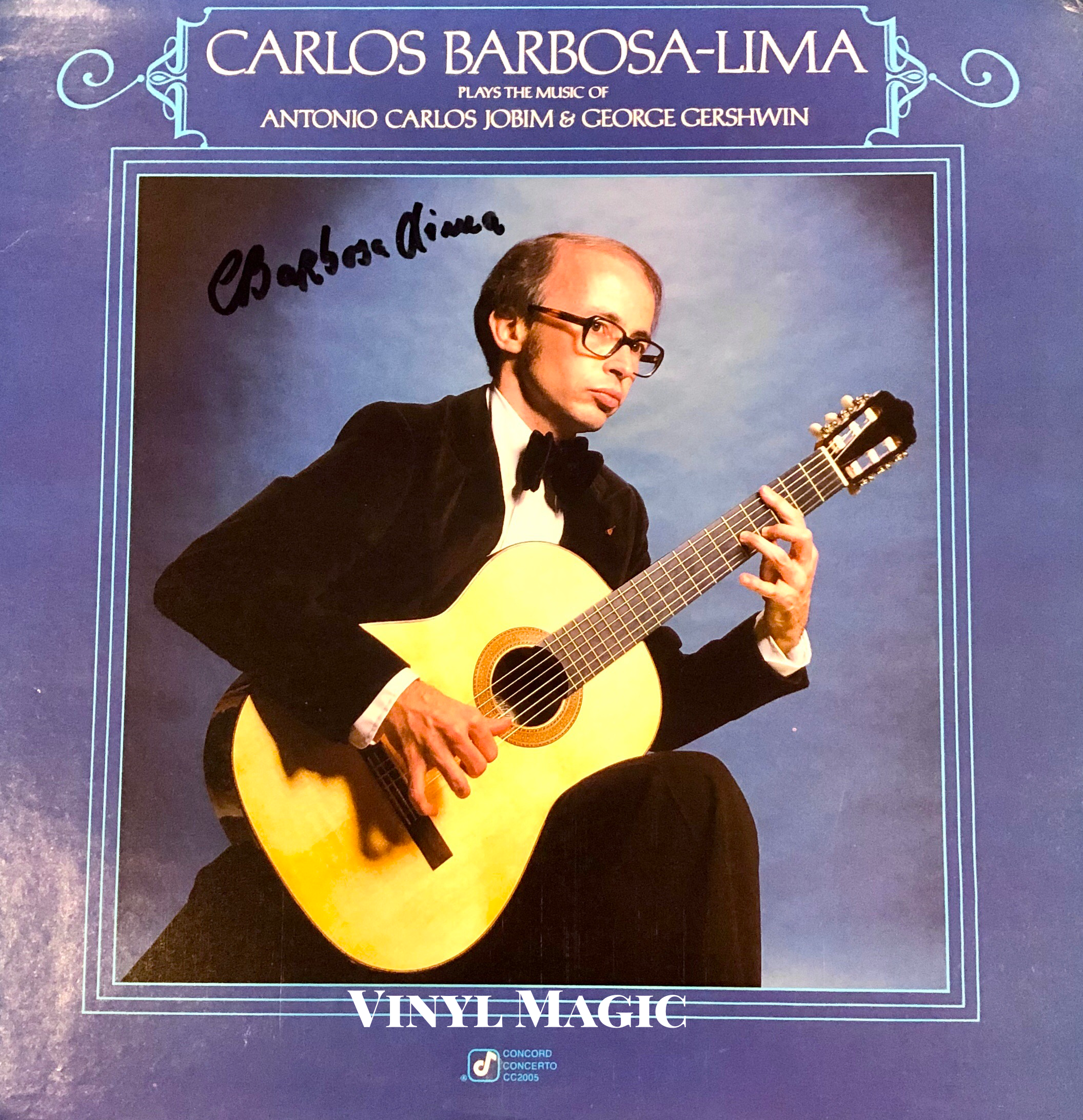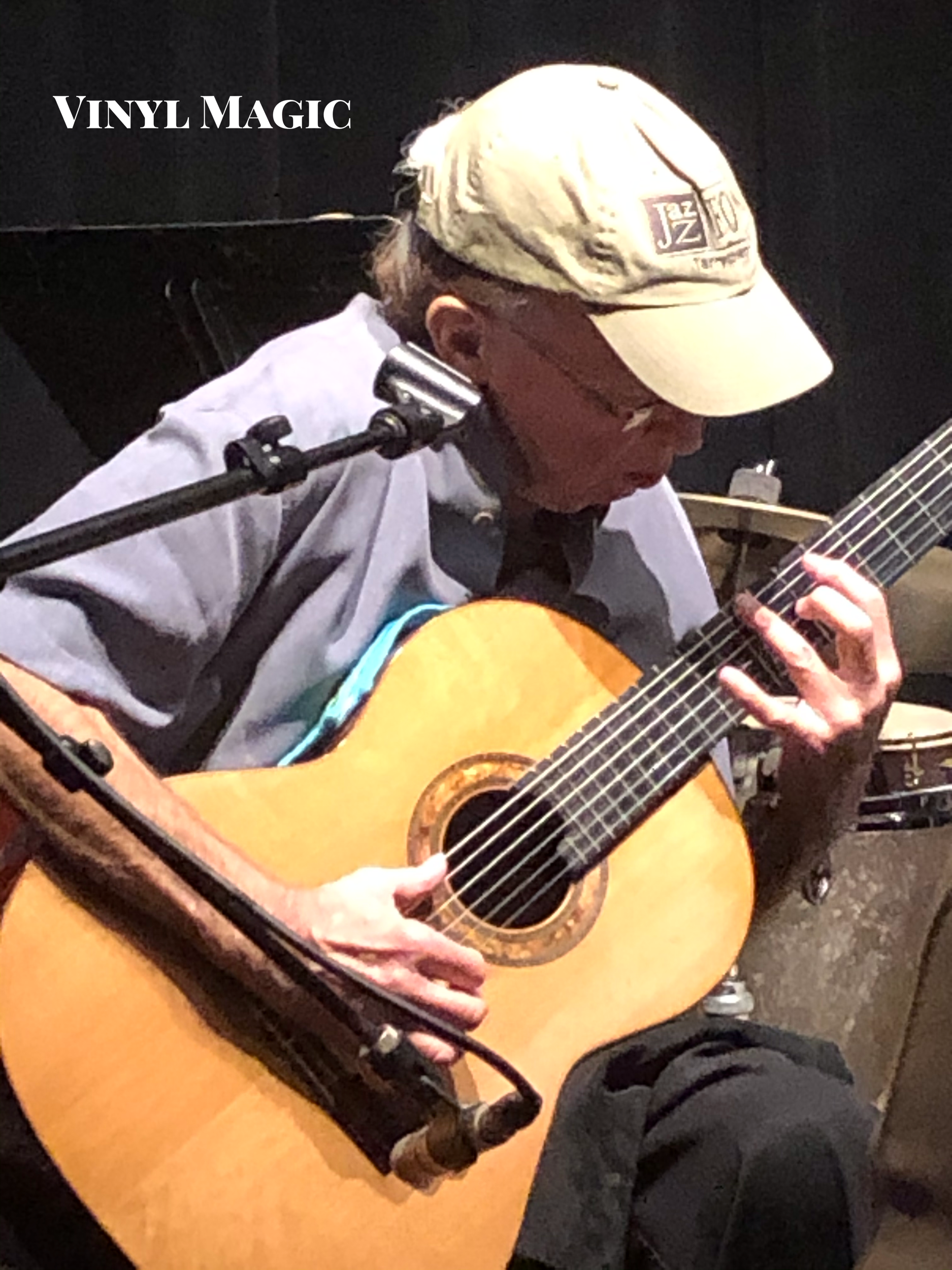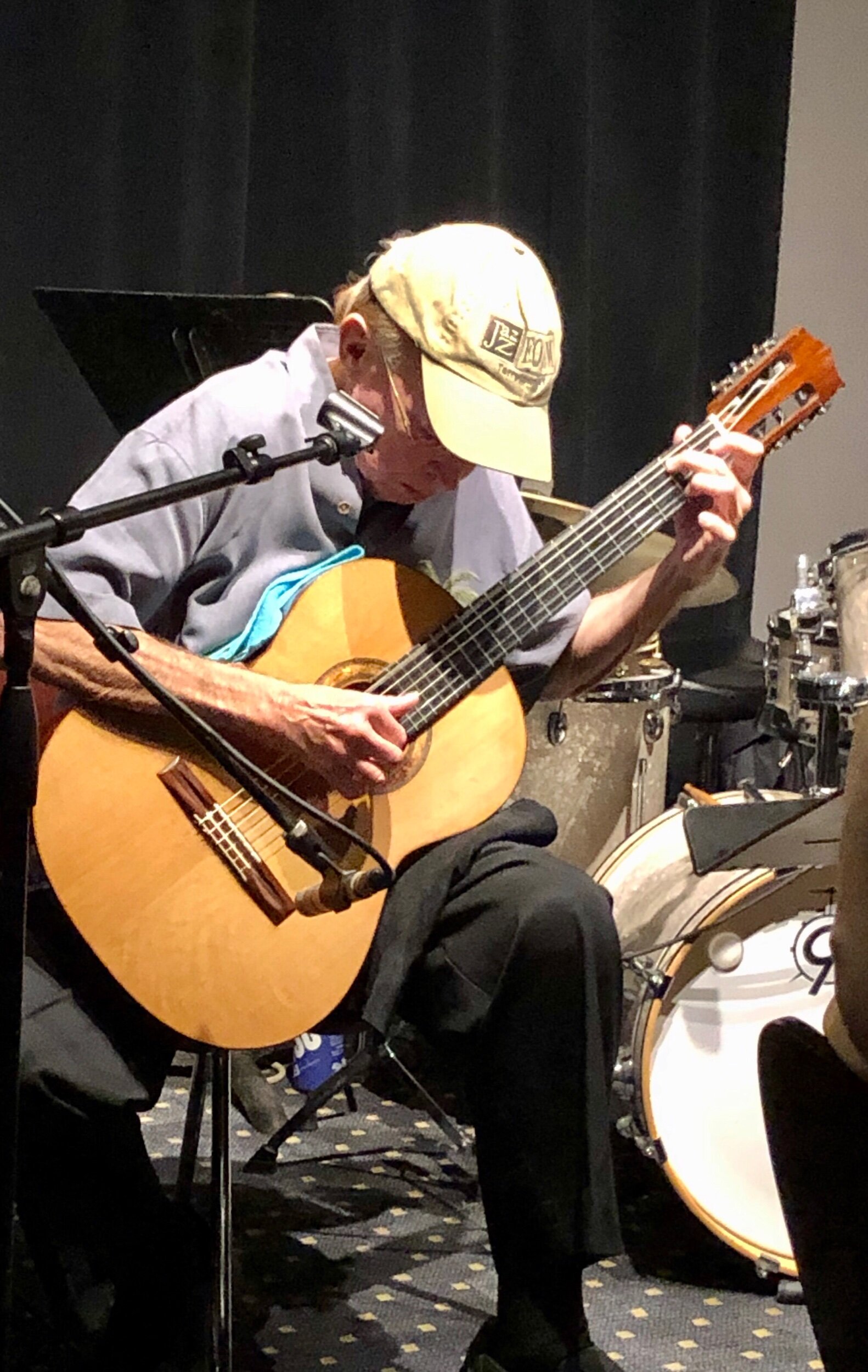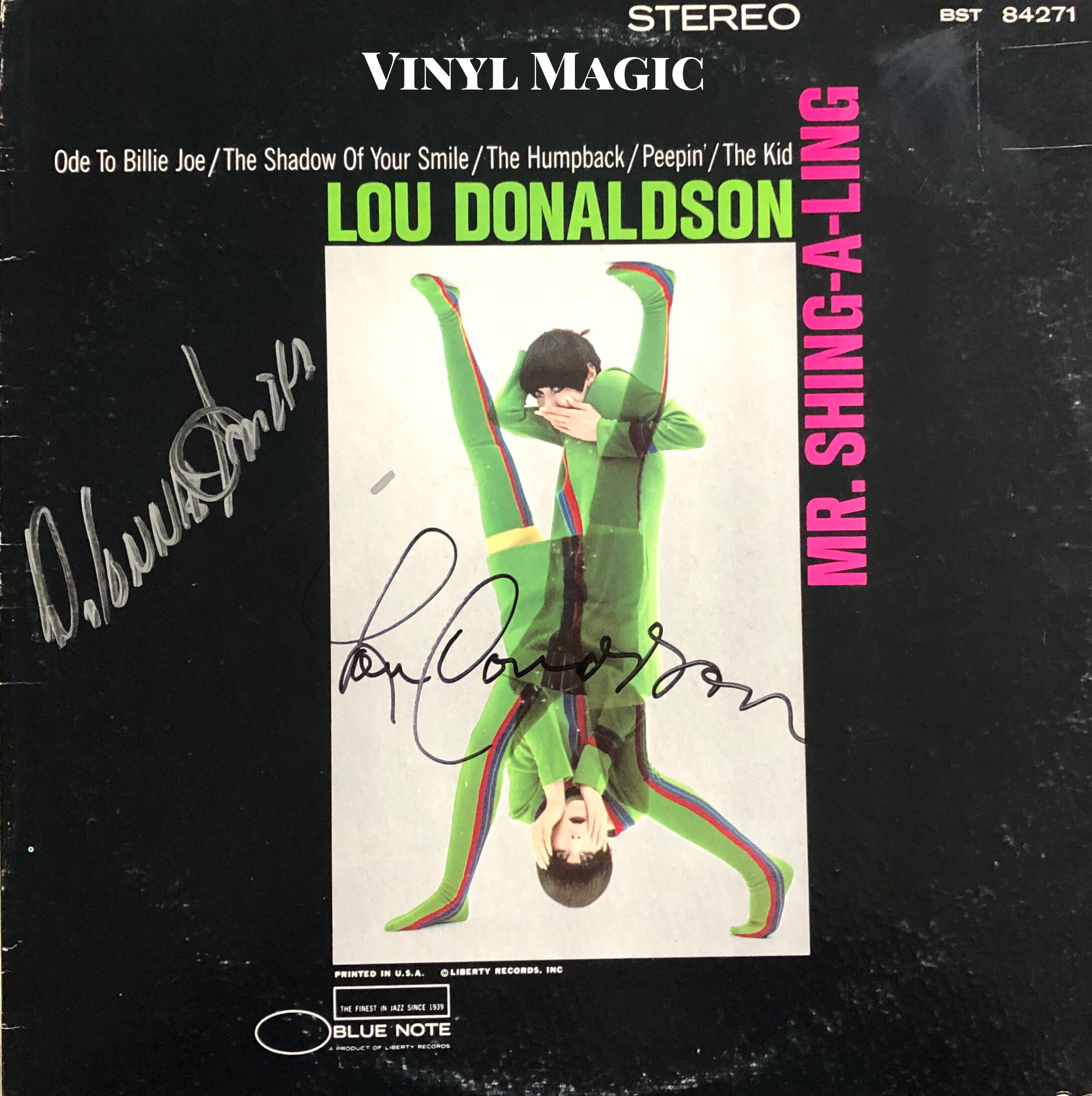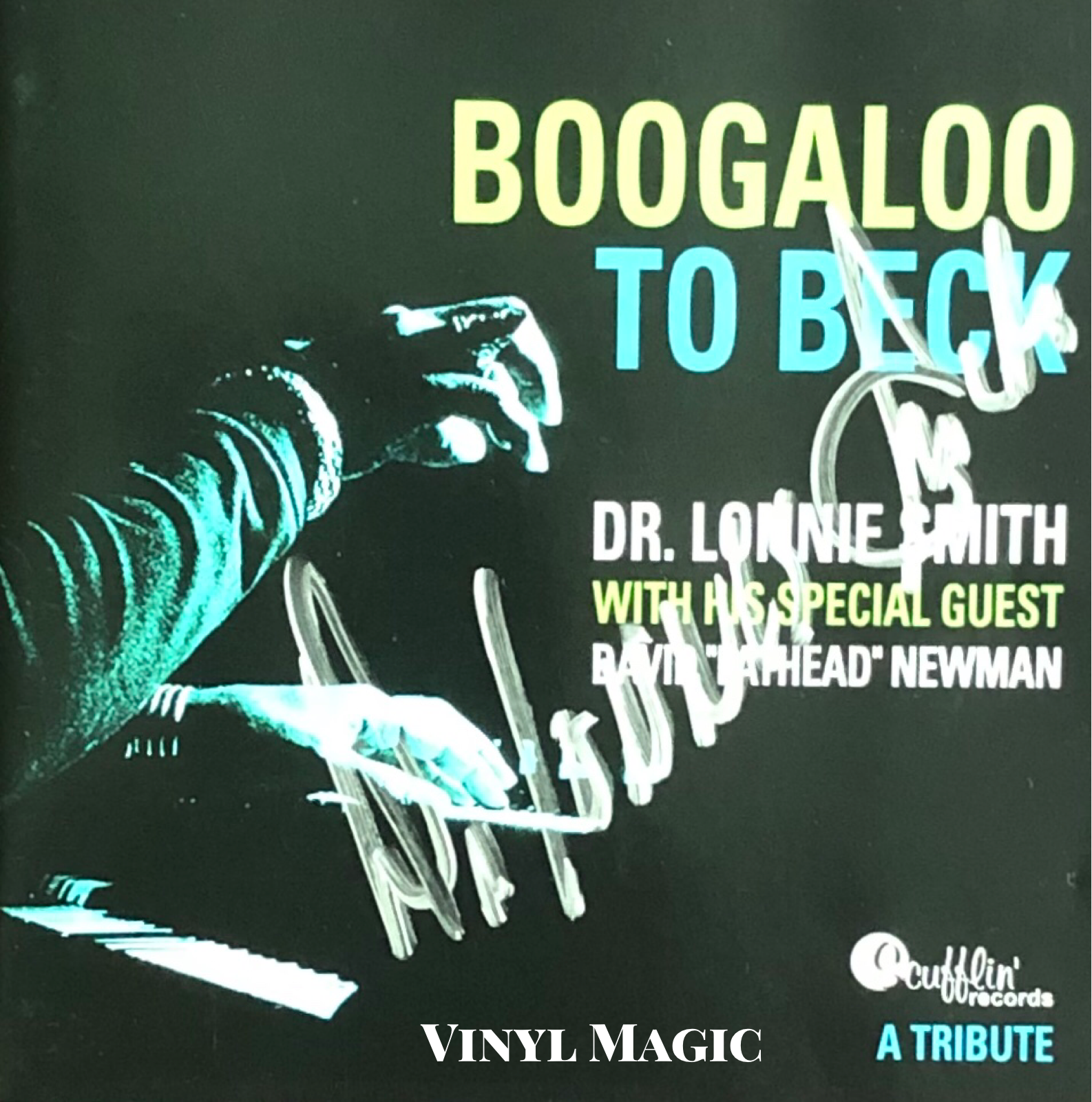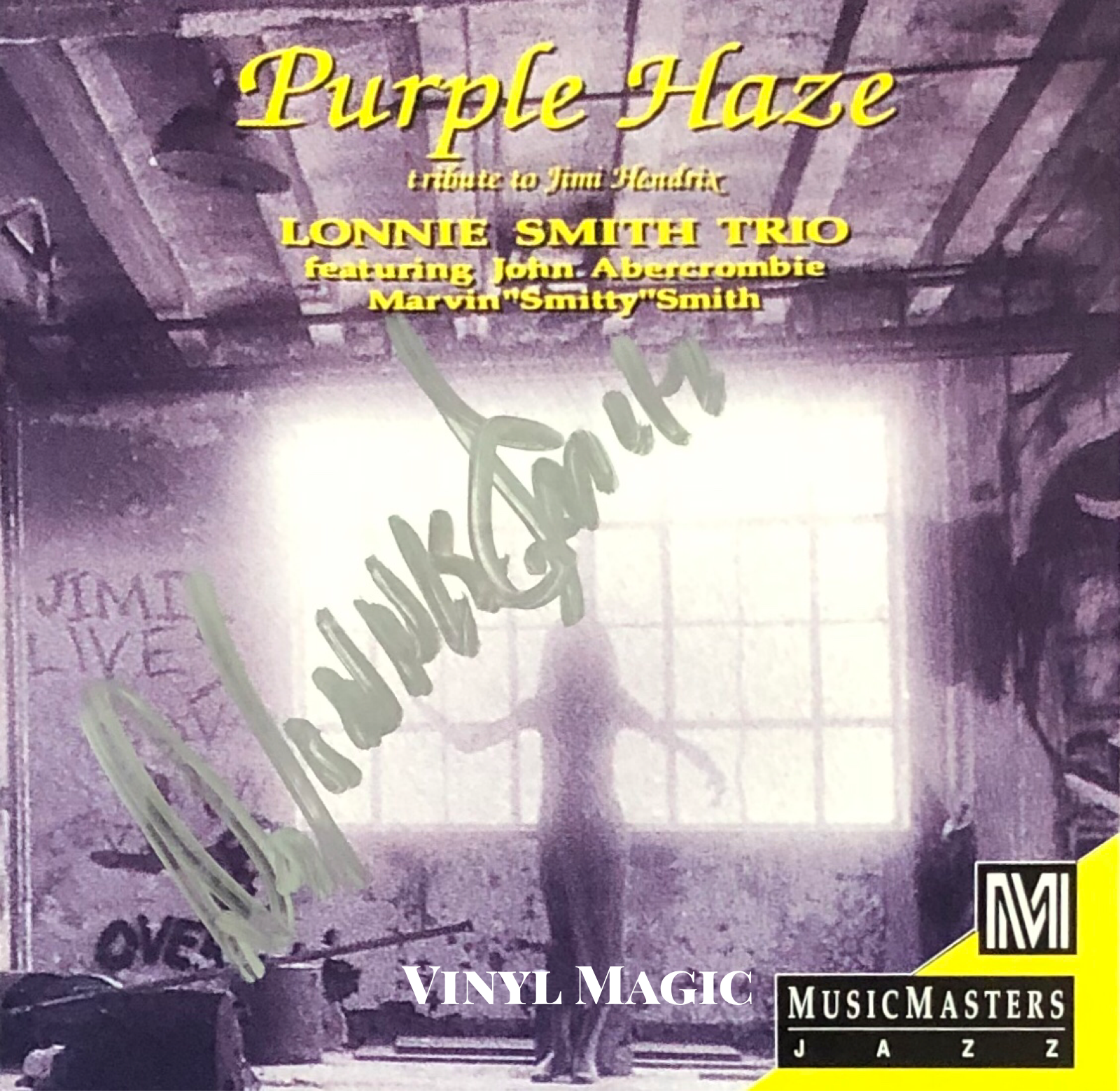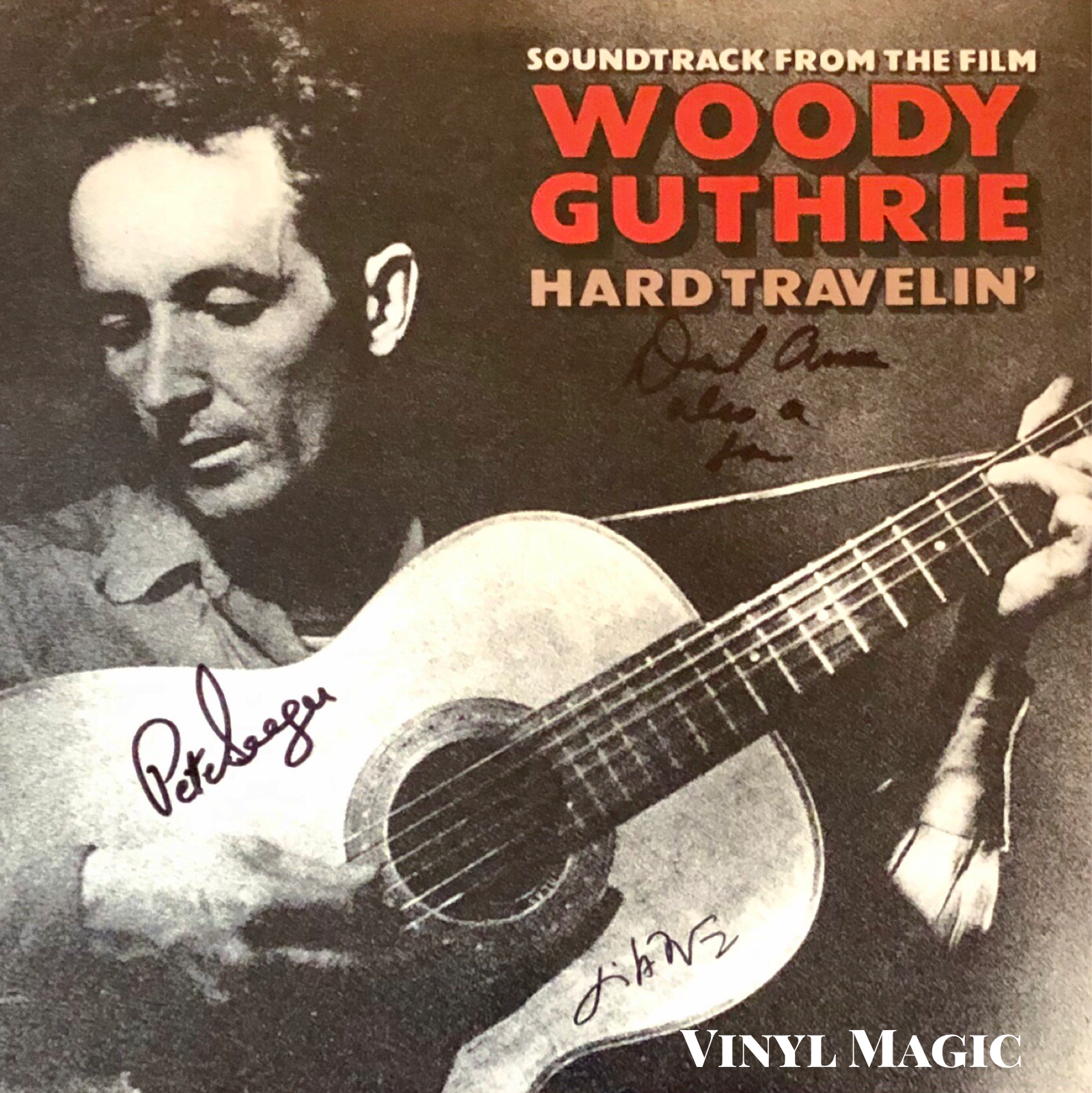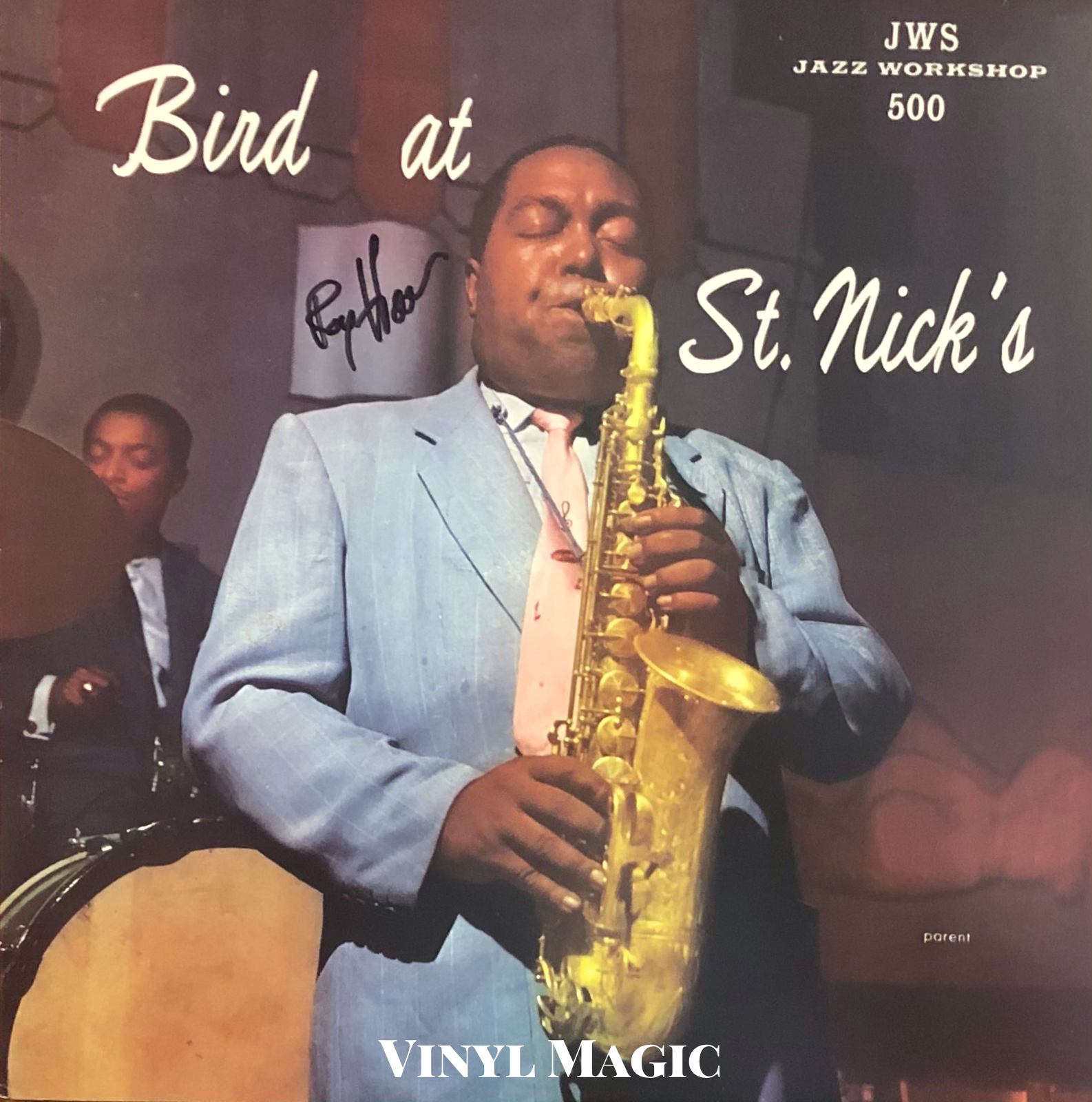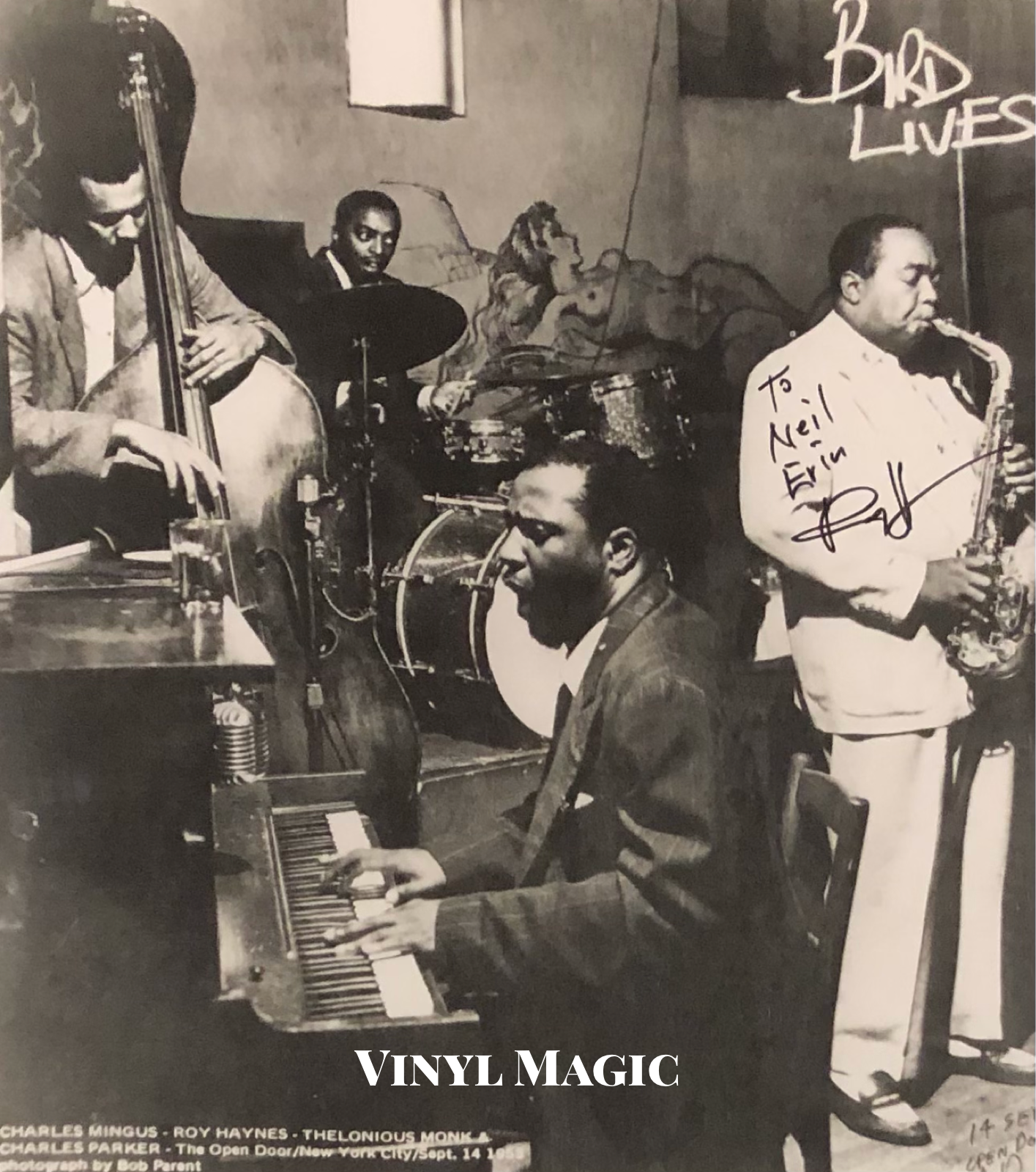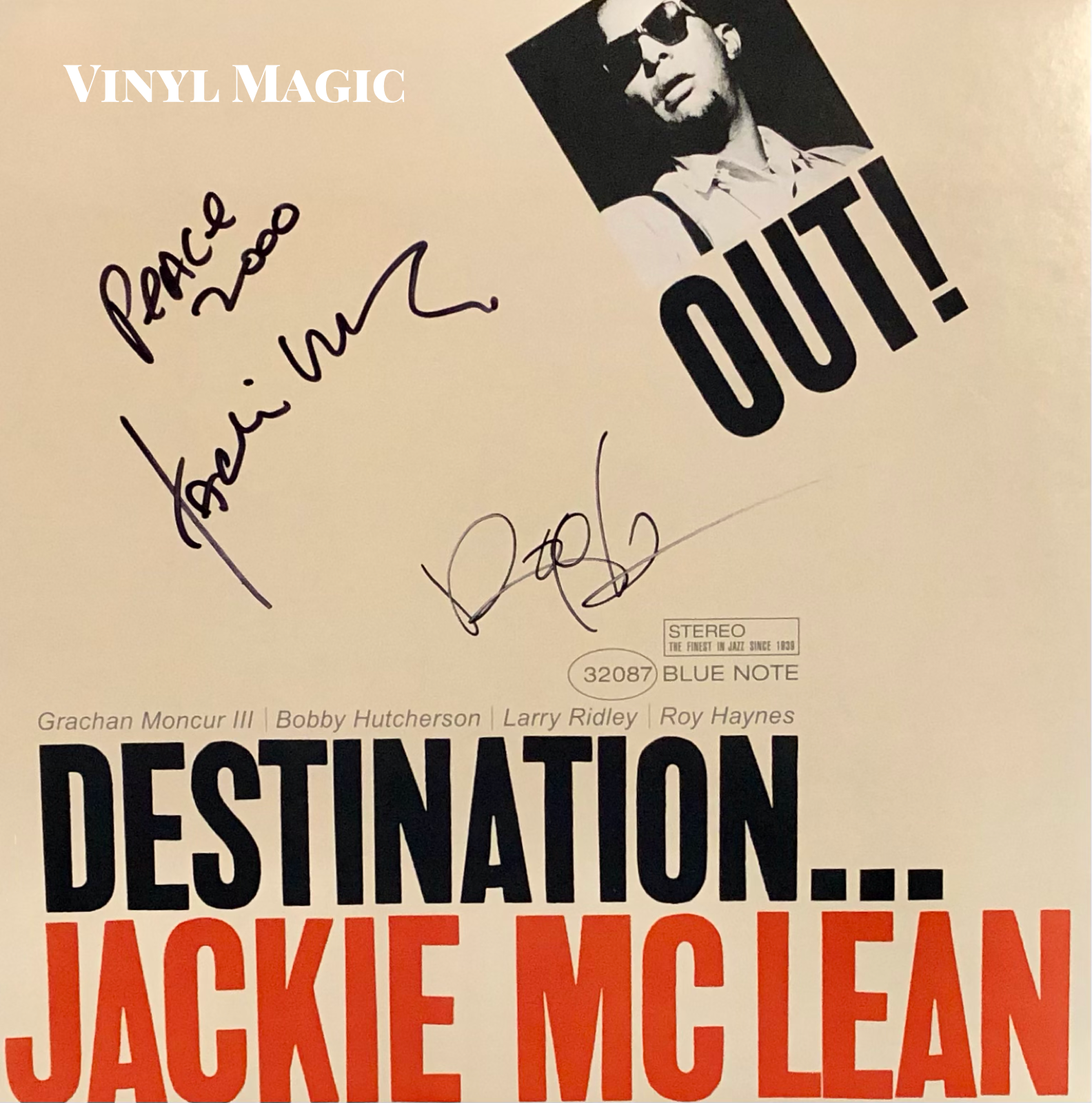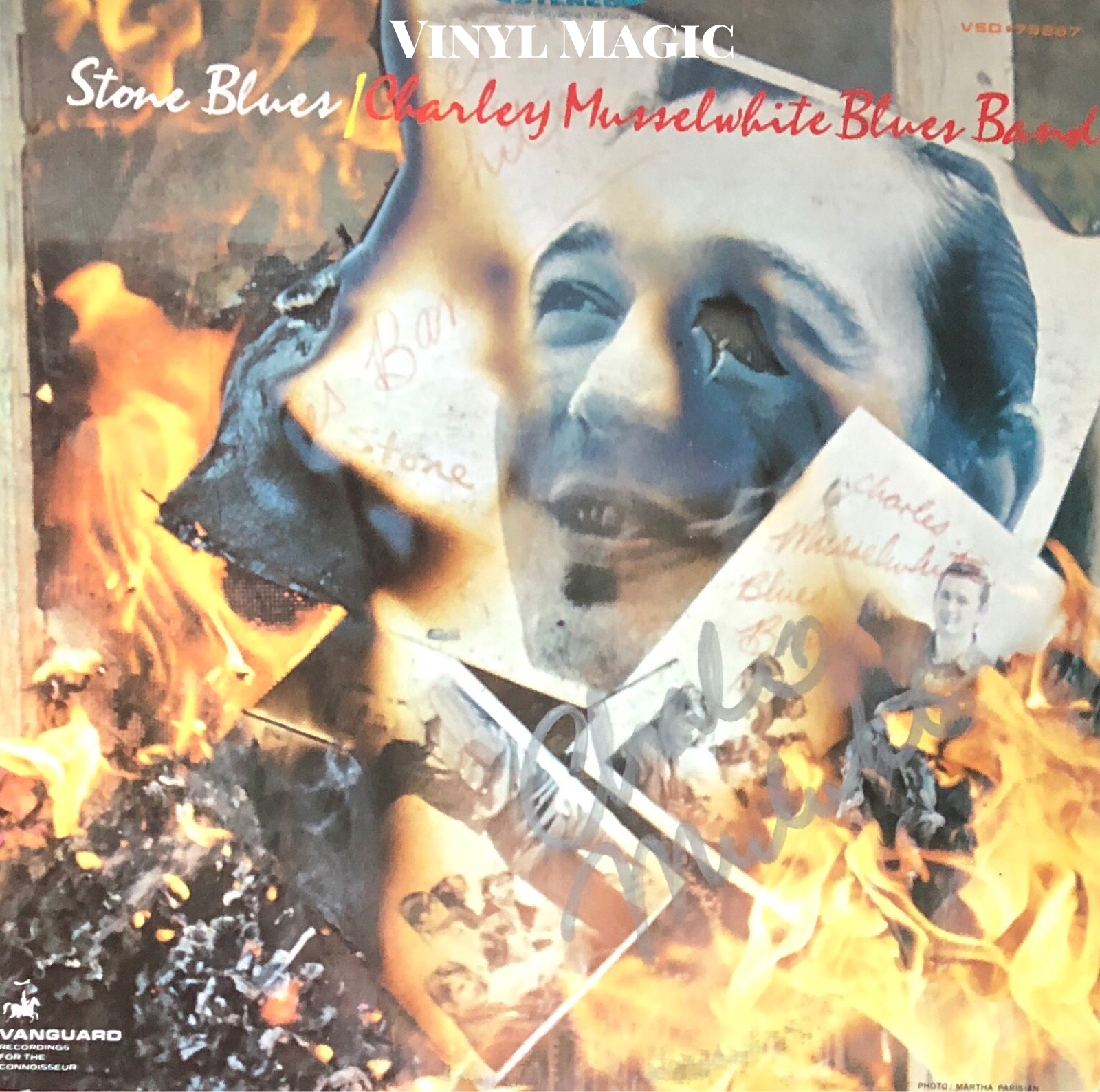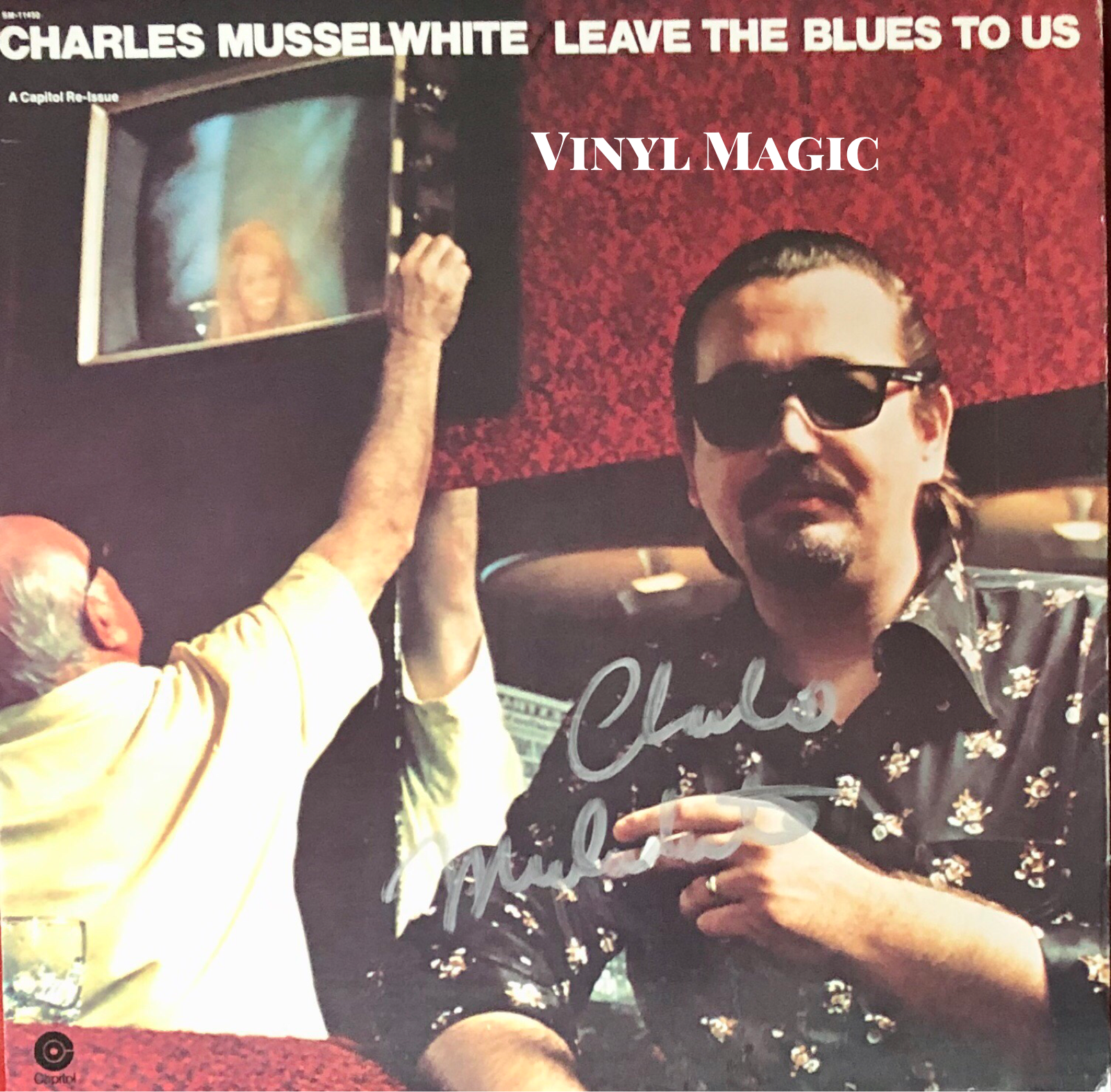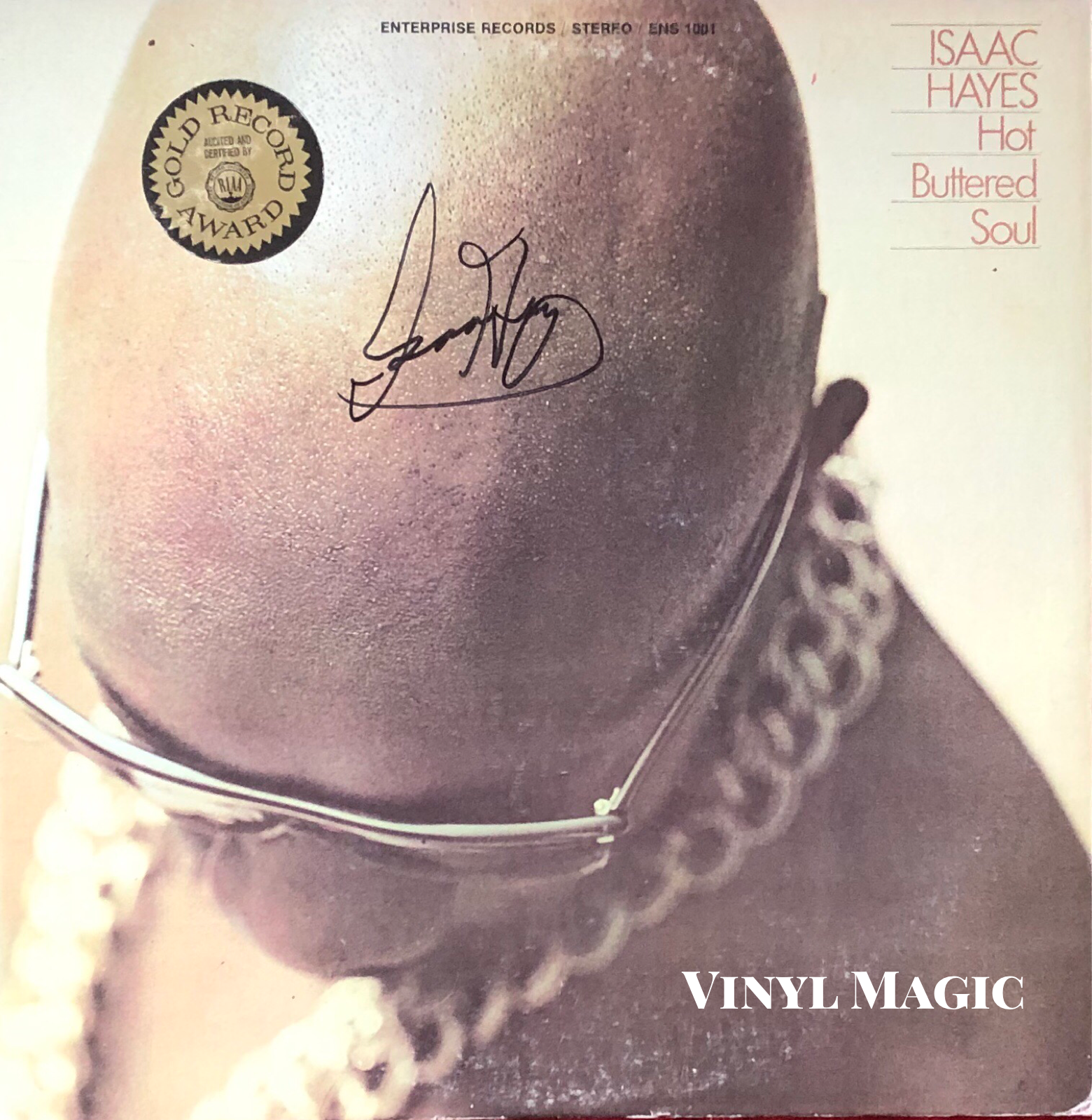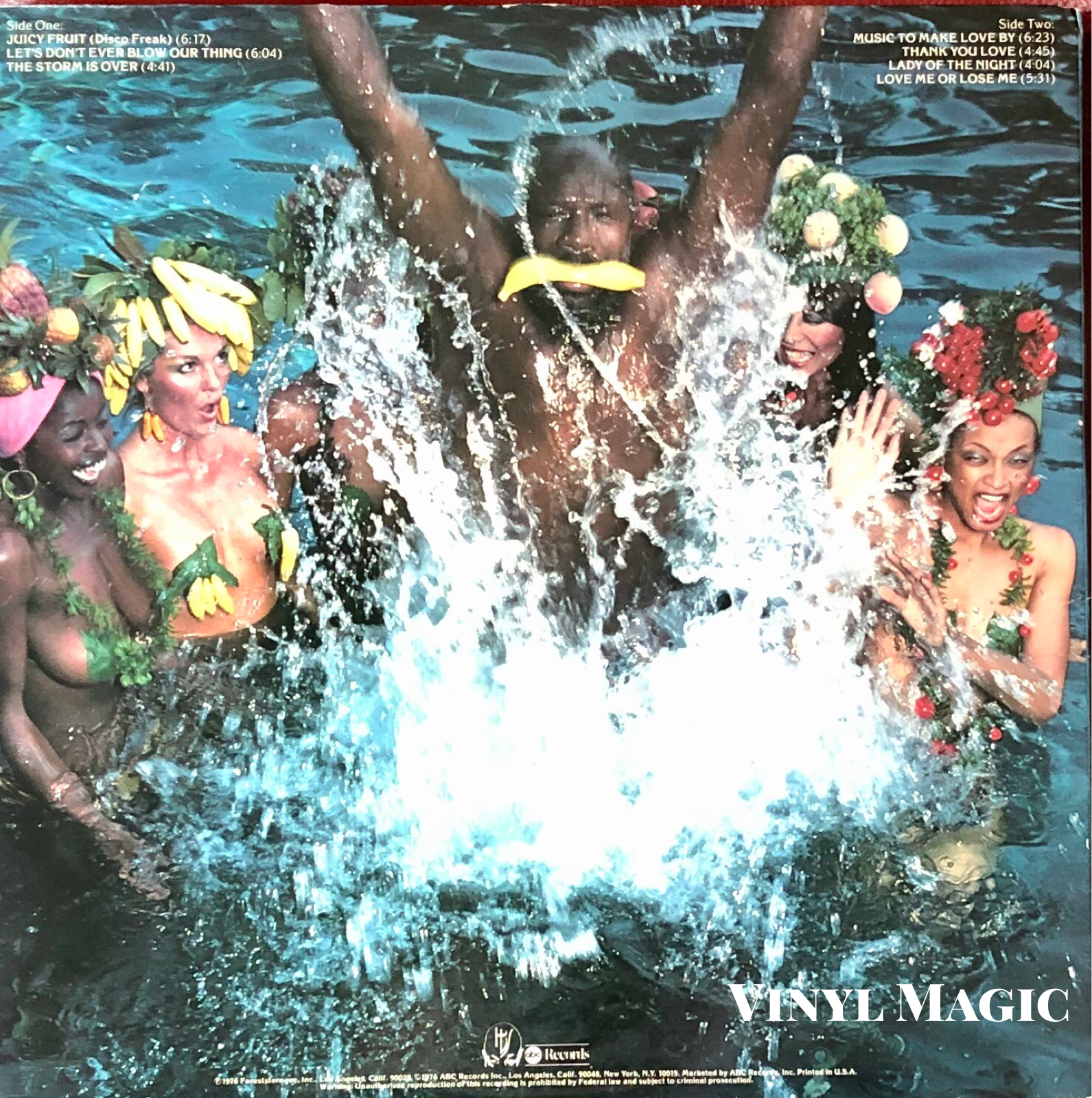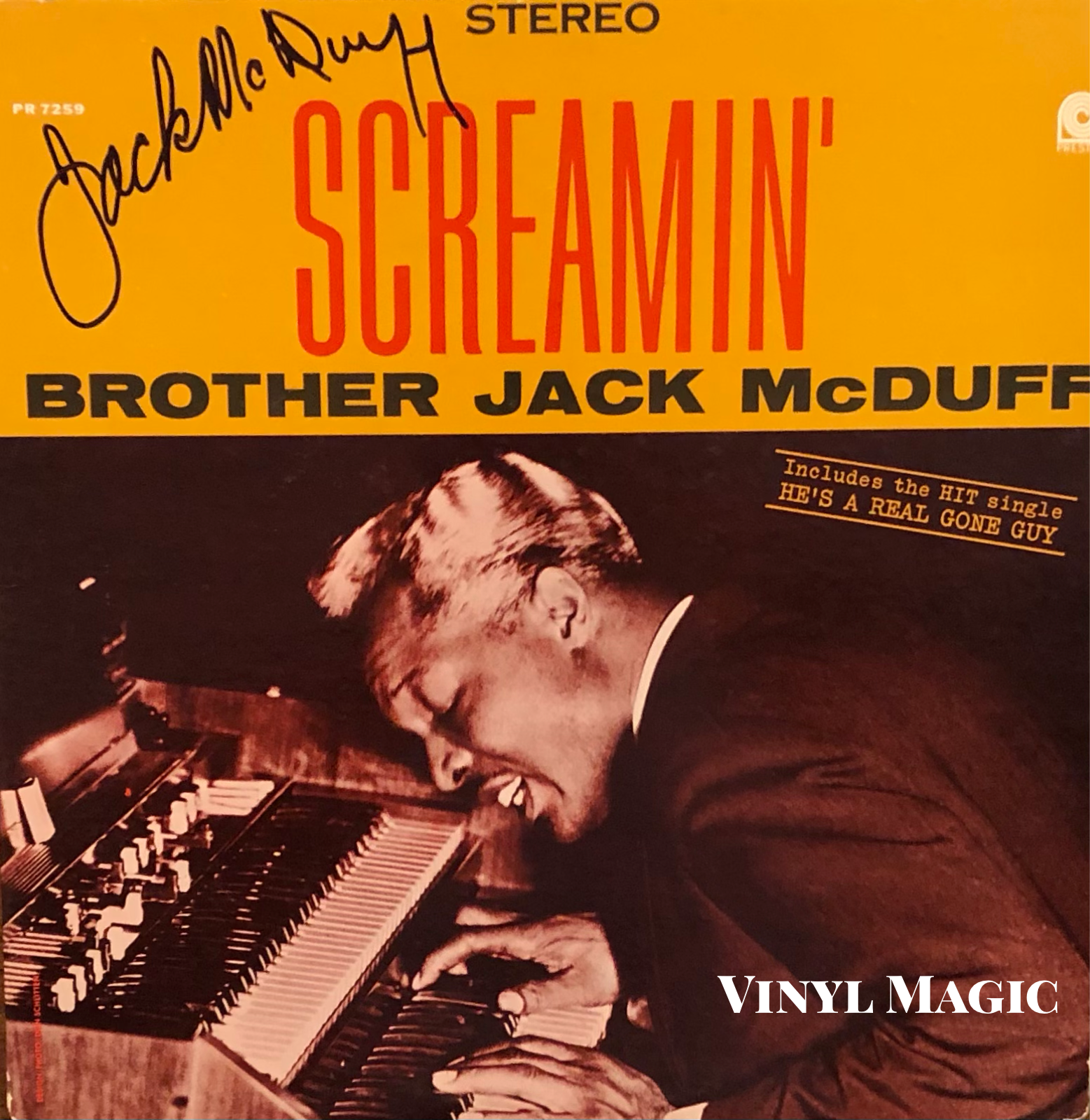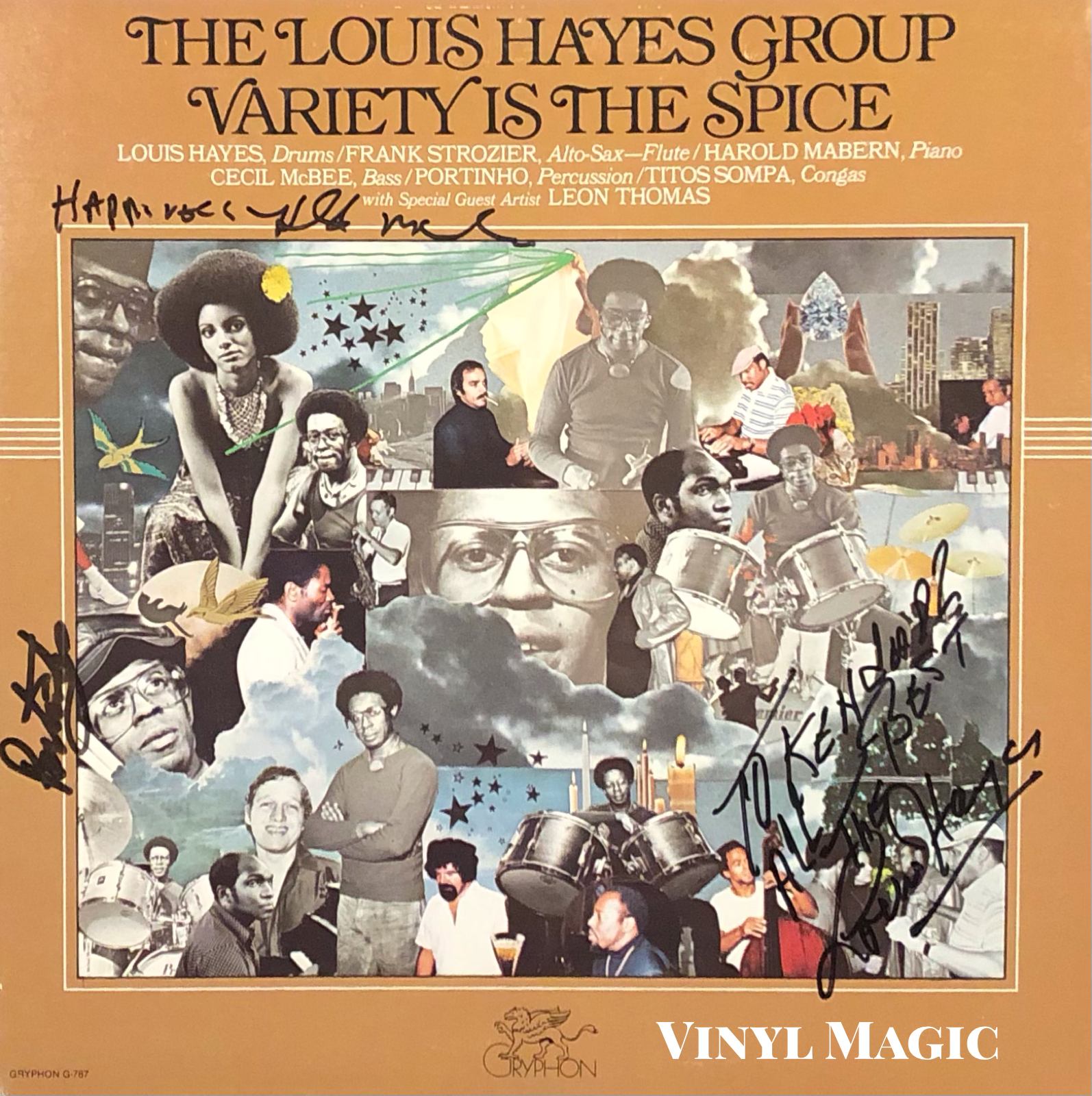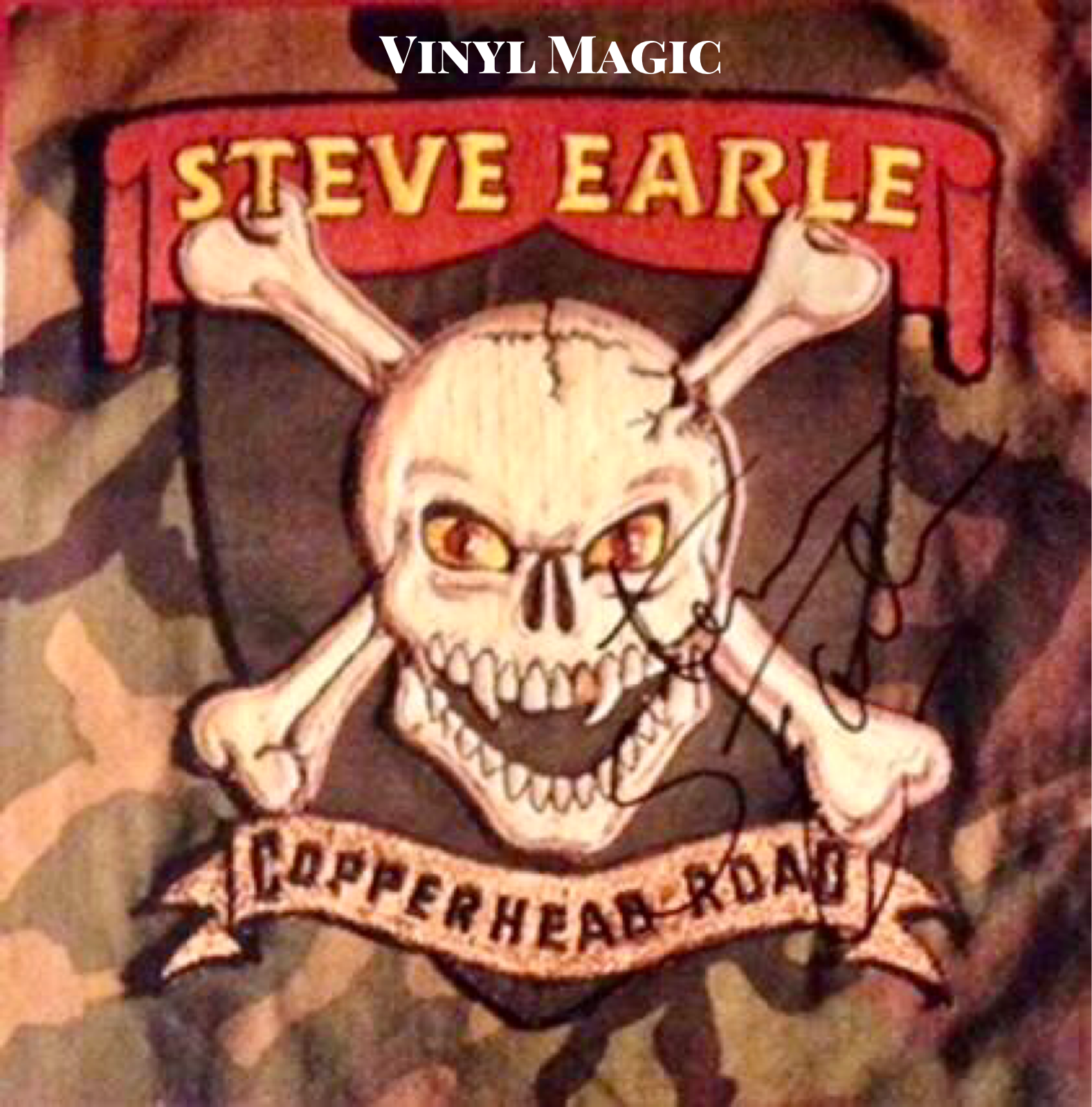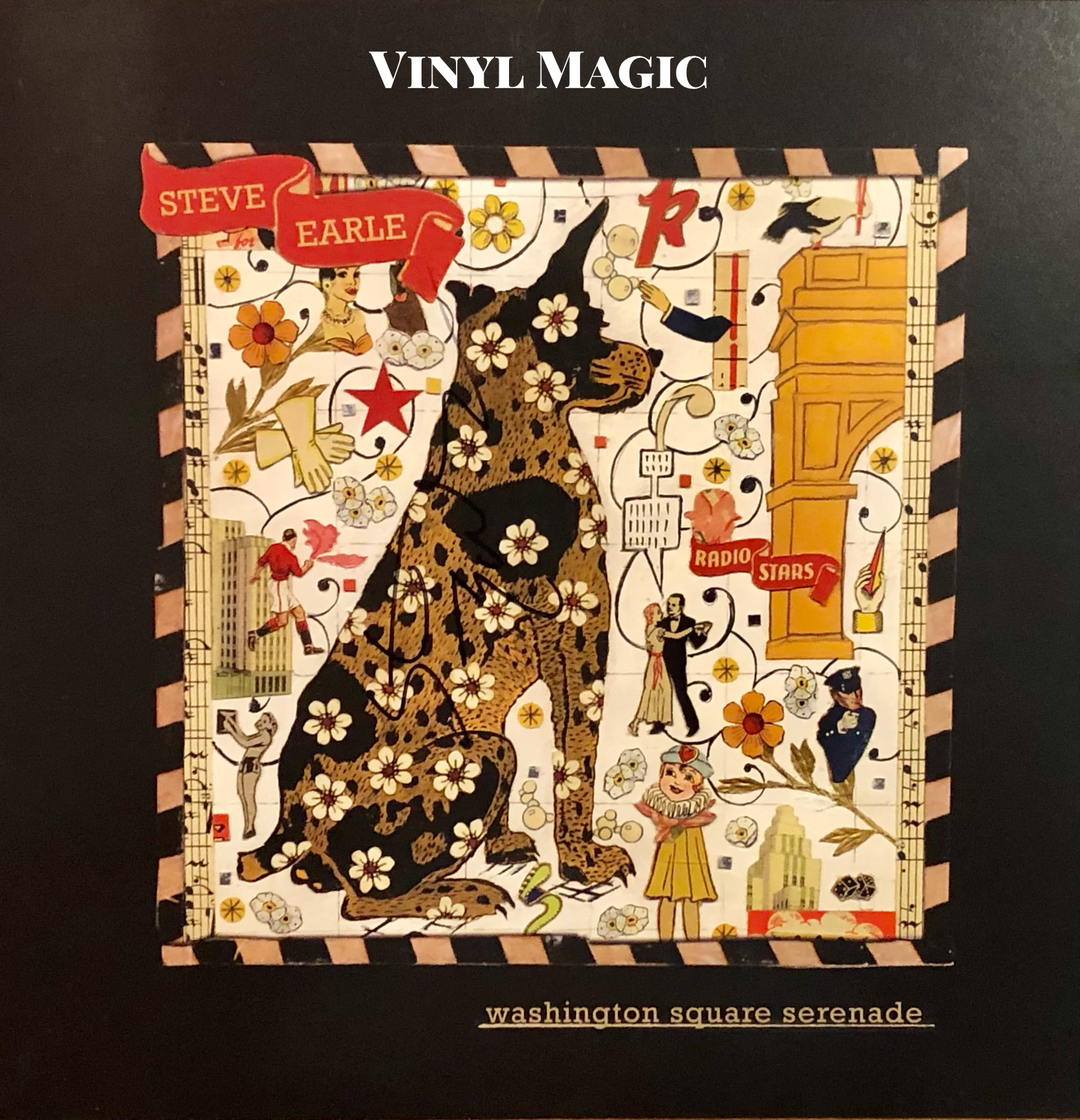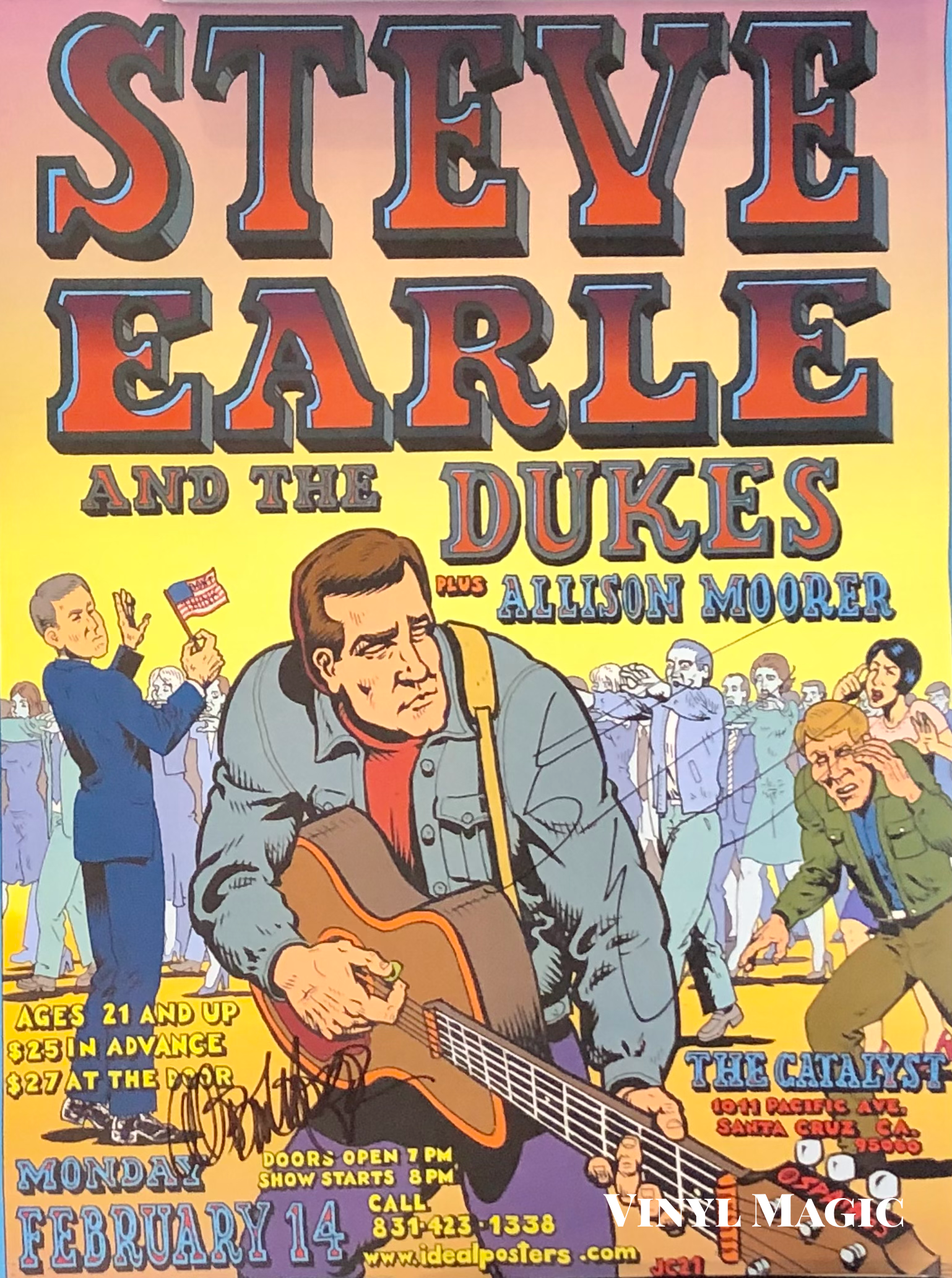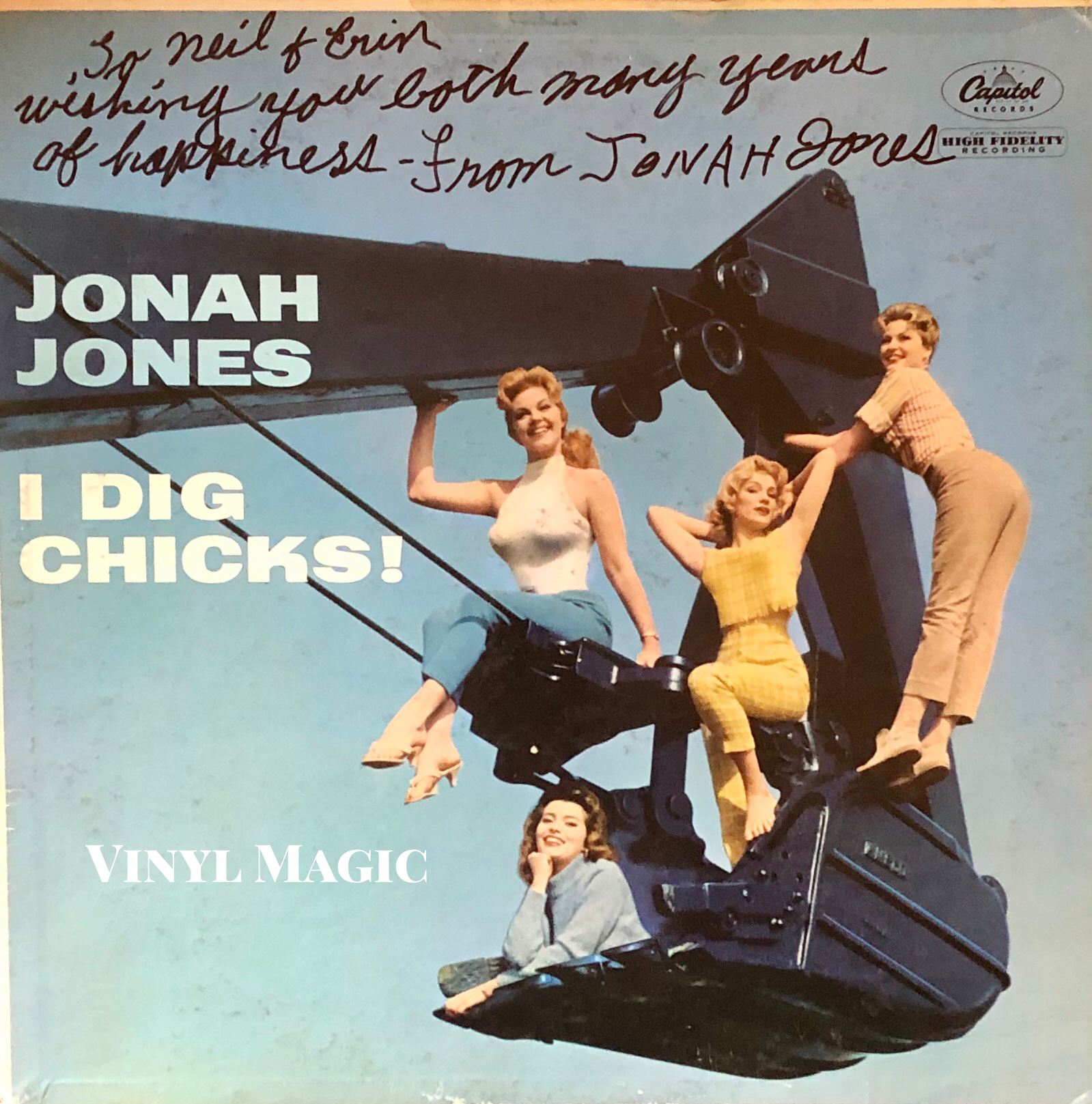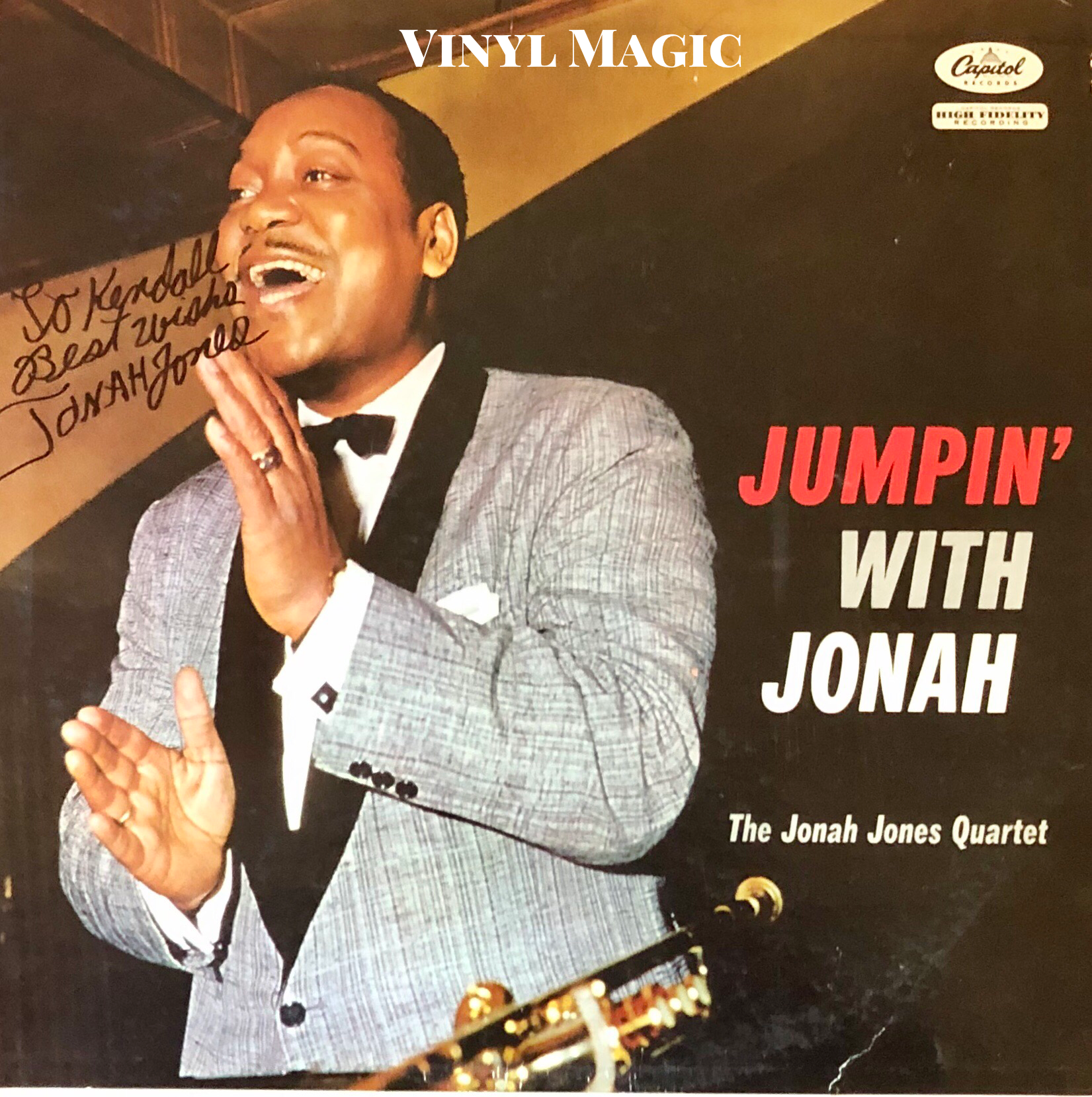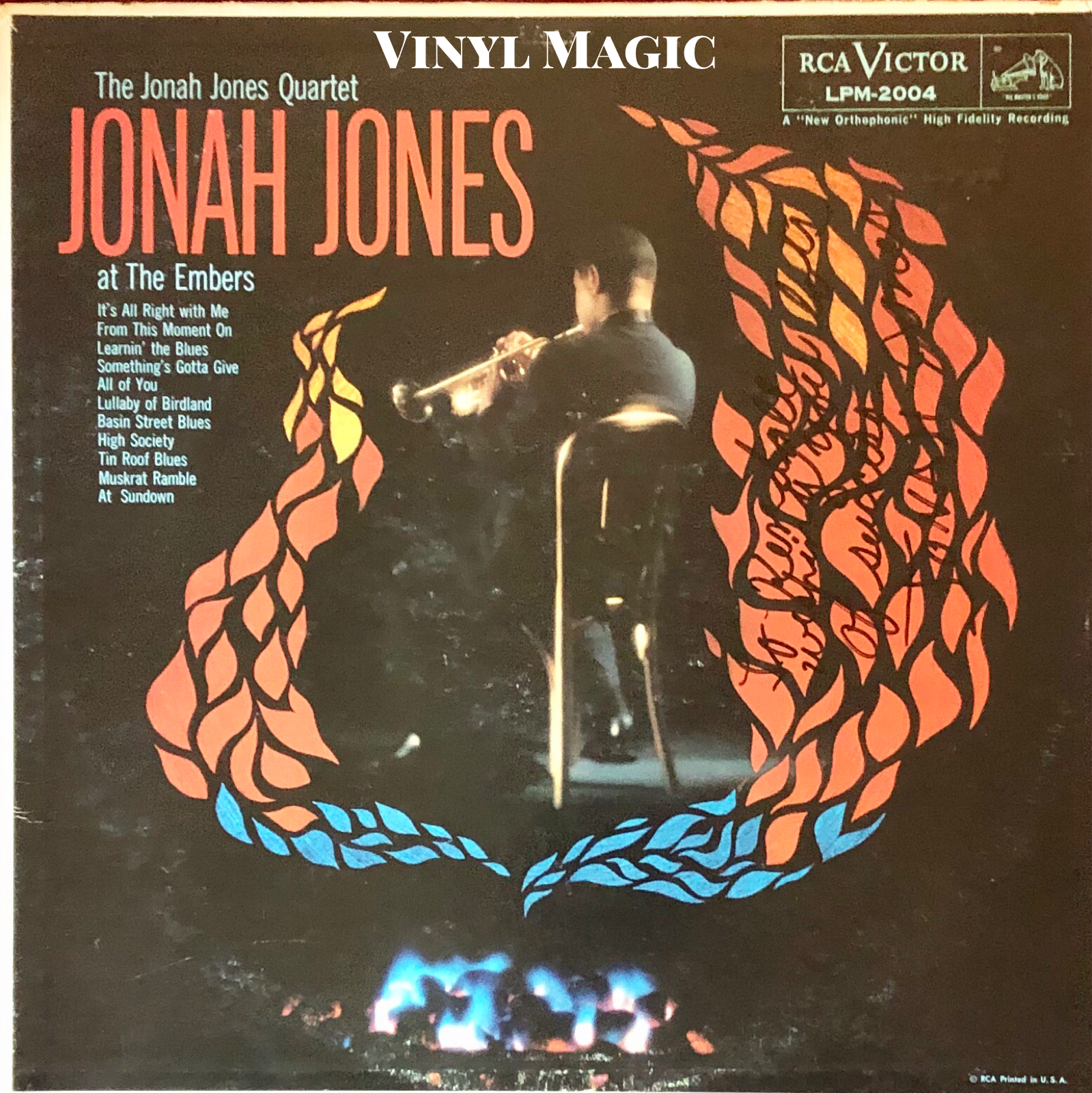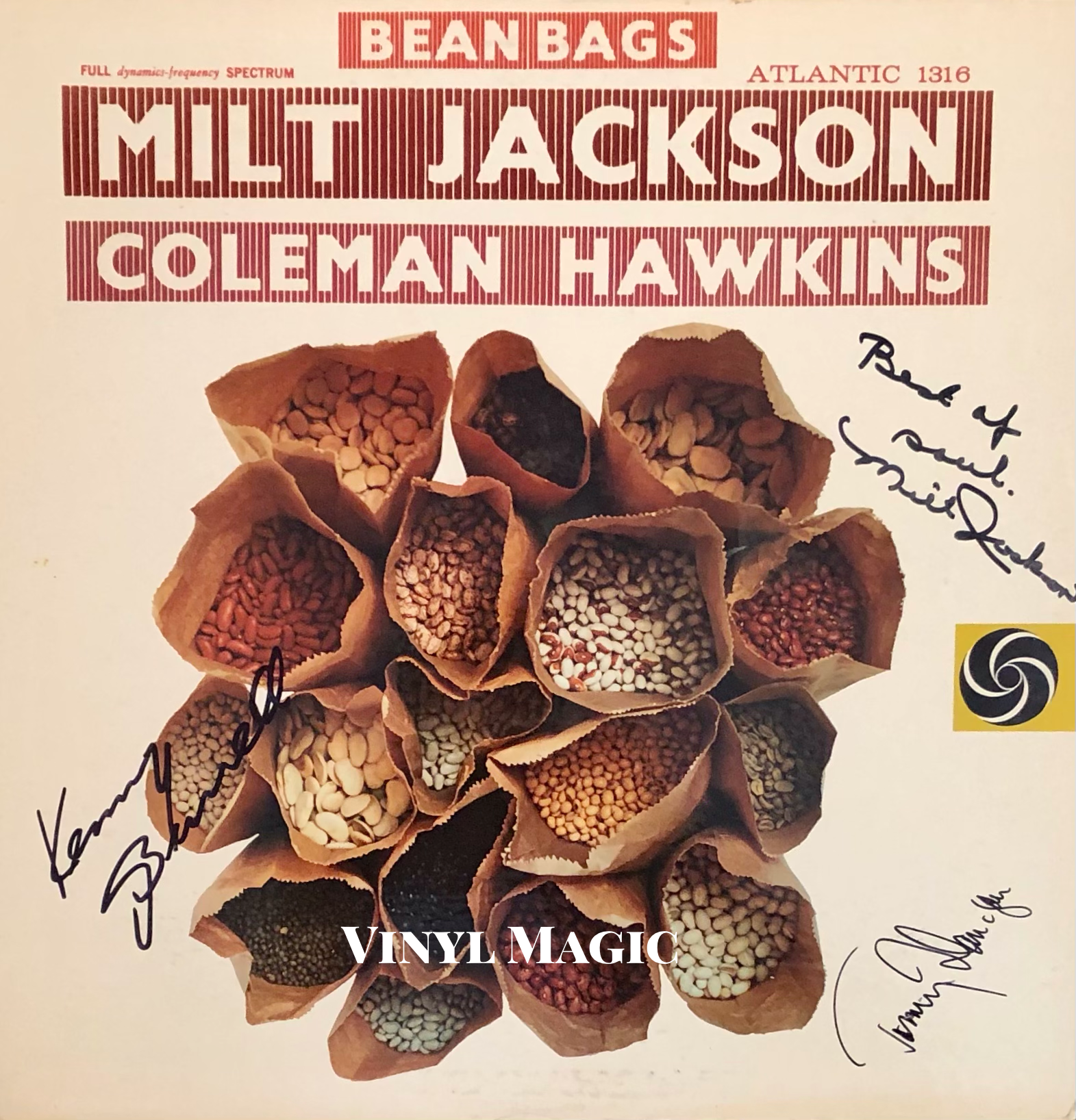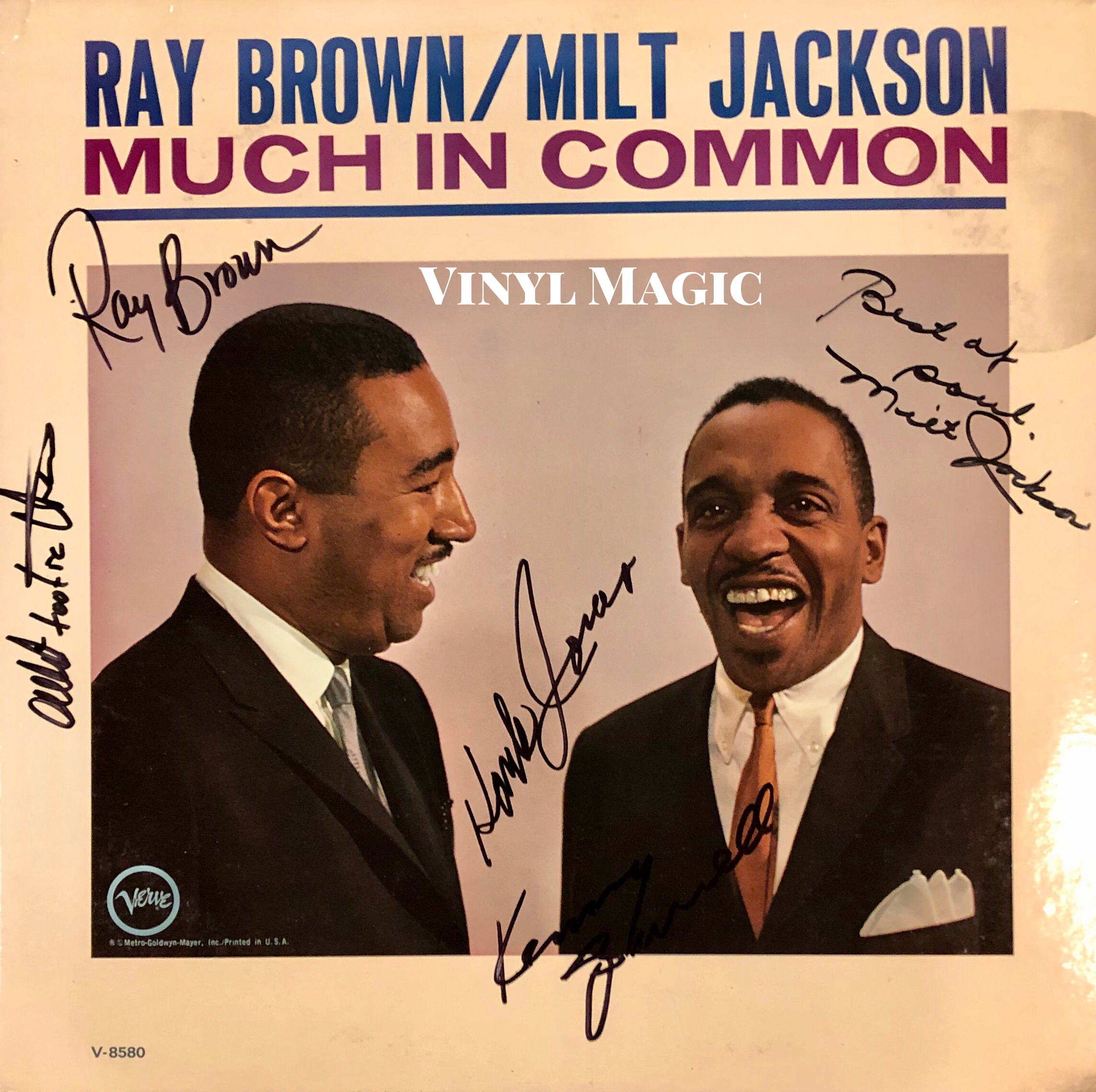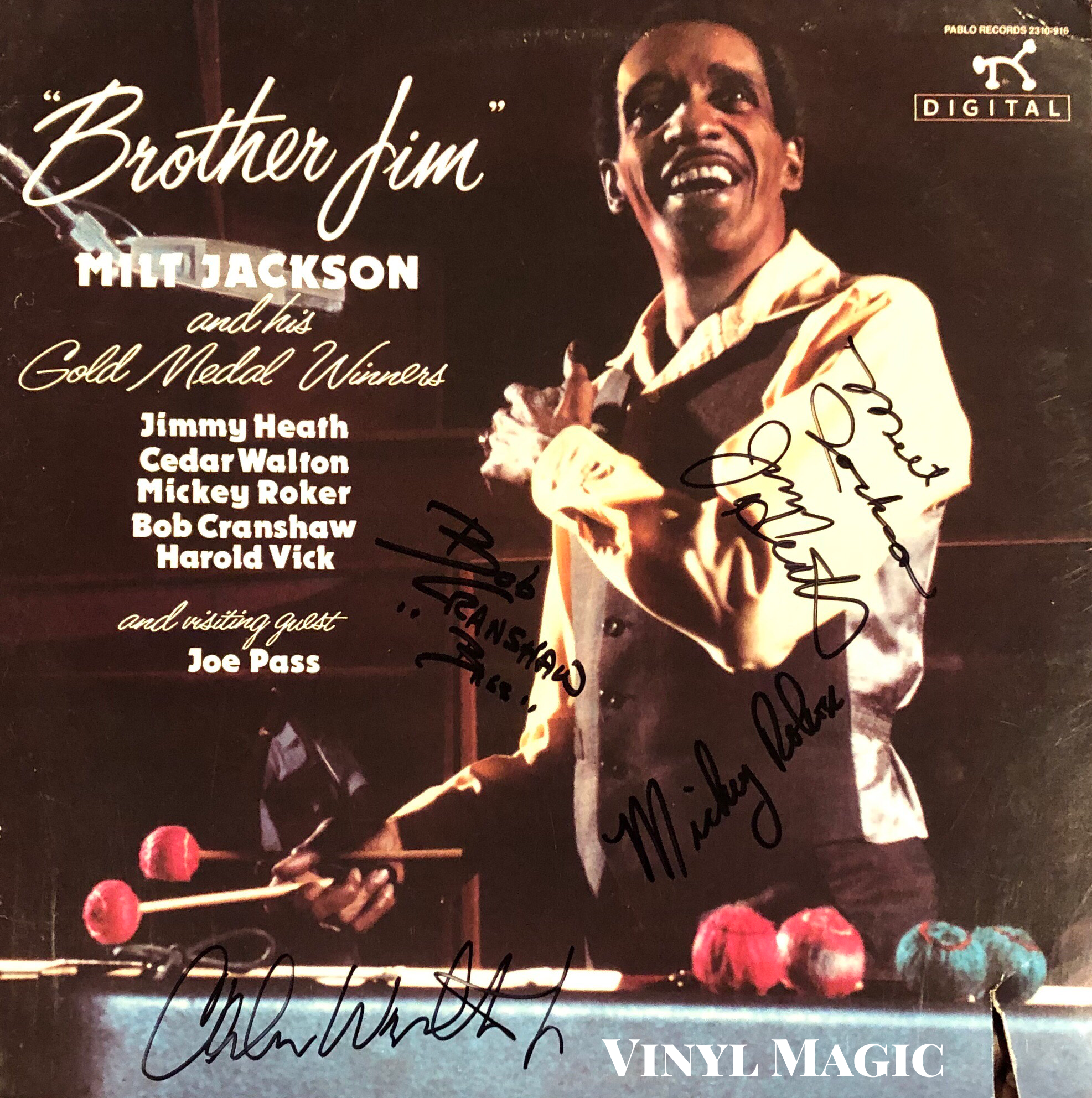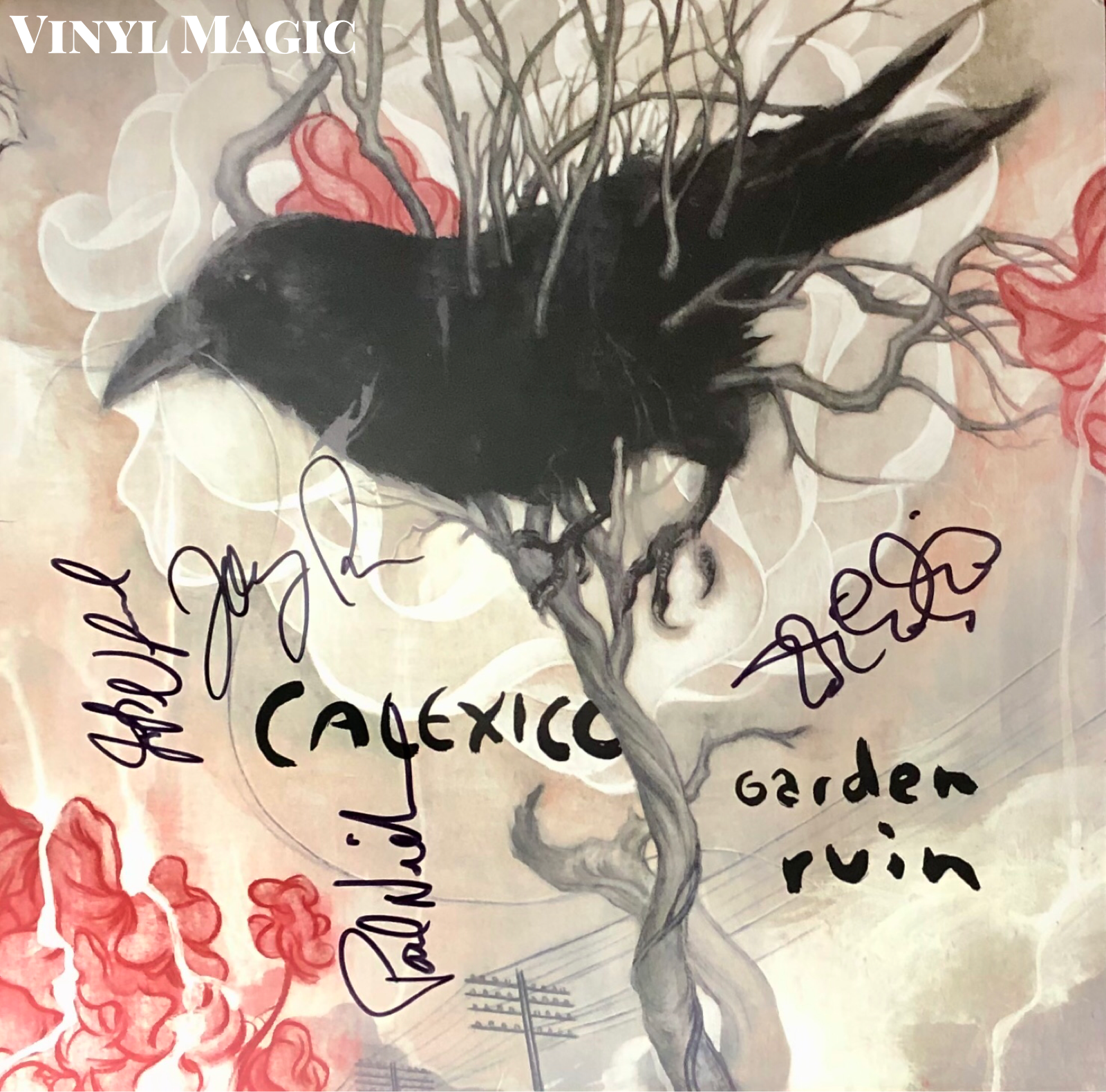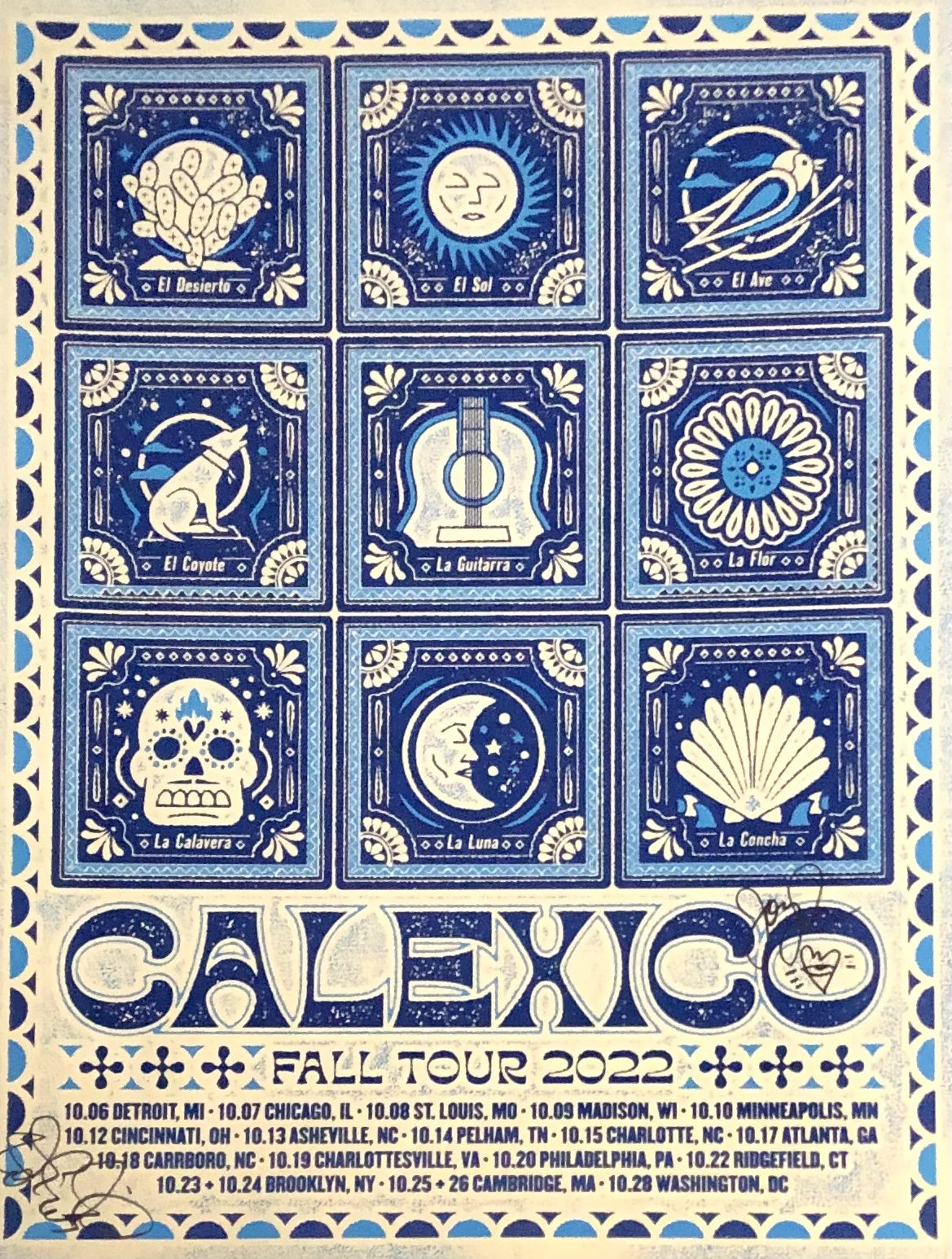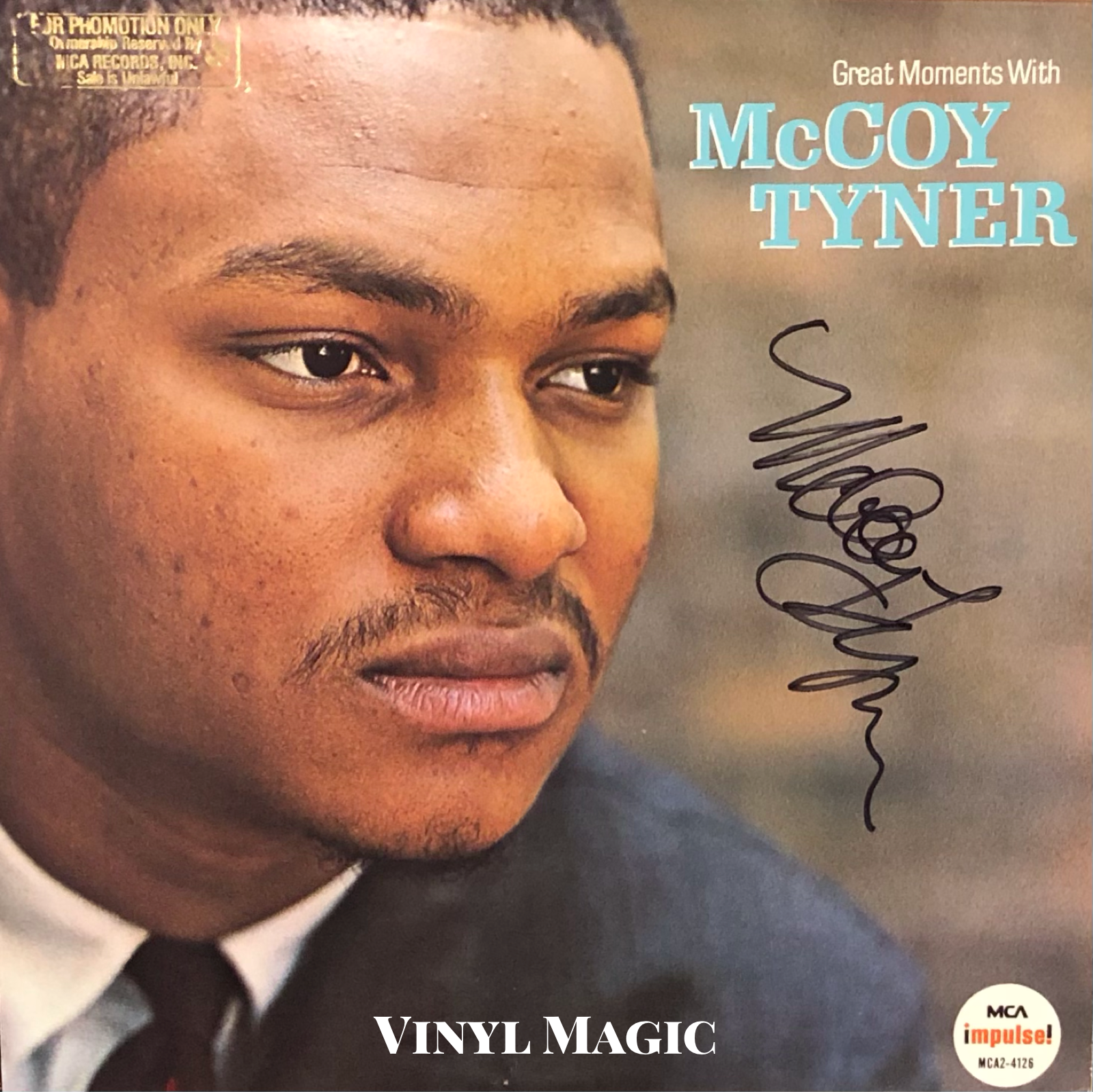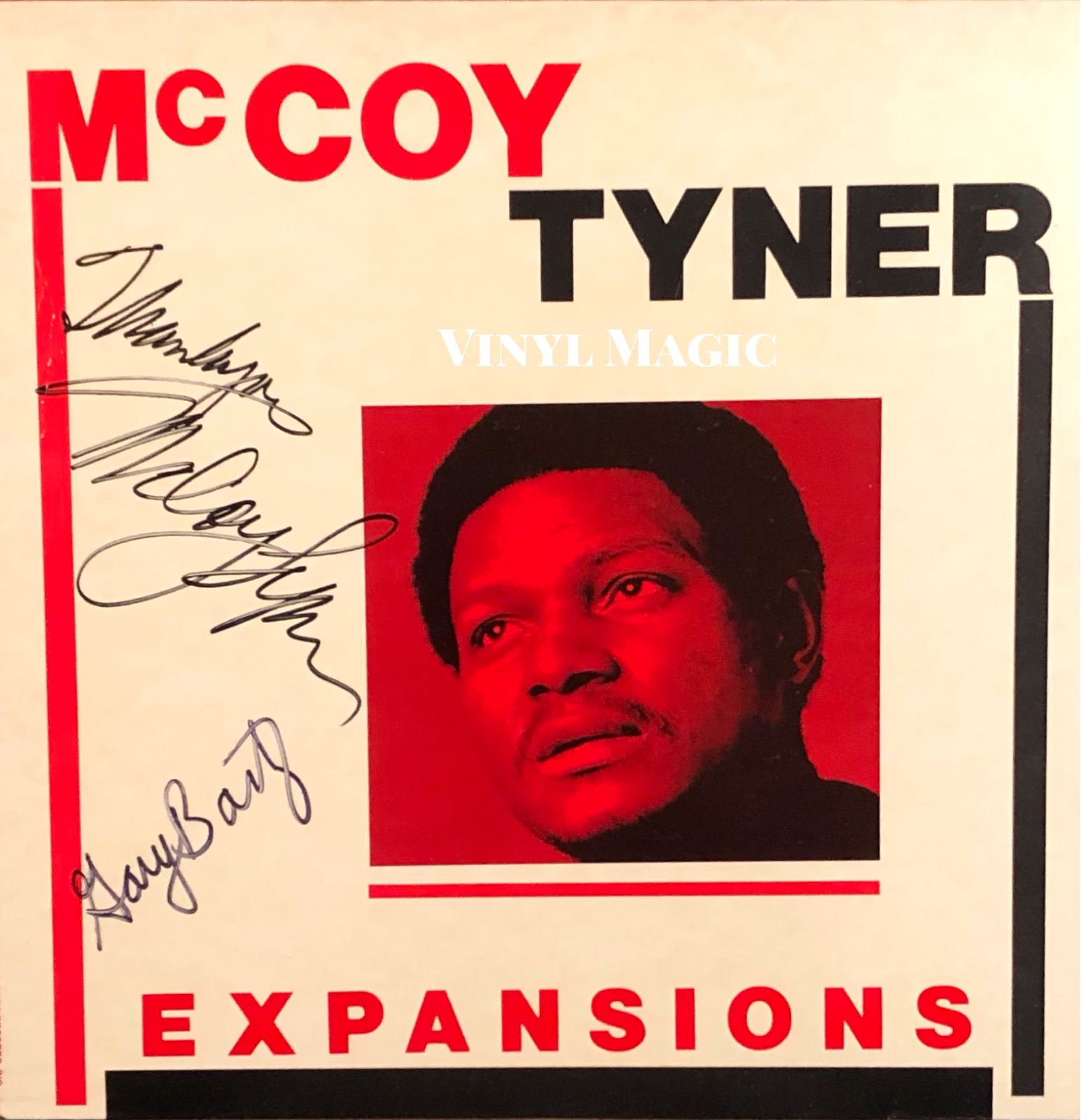J. J. Johnson, The Trombone and Me…
From the beginning, I decided I wanted to play trombone in Lester Young's linear manner. Many trombonists were using tricks and gimmicks, glissandi and wah-wahs which I wanted to avoid. Then I heard Dizzy and Bird and was floored like everyone else by this new music. It was difficult at first, Dizzy gave me the most encouragement... he extended himself. He knows a lot about the trombone. He taught me positioning and how to deal with the so called bebop situation.
J.J. Johnson
I had the encouragement from people like Dizzy when I was struggling with lines of bebop tunes. I recall Dizzy planting seeds, saying "J.J. try it this way." I was amazed when it worked out because Dizzy is not a trombone player and nobody realized that he knew anything about trombone technique, but he did. He'd show me little tricks with the slide, and sure enough, it would be easier. It wasn't only Dizzy, though, people planted little seed here and there that paid off dividends in a big way.
J. J. Johnson
Jay & Kai (1955) signed by J. J., Hank Jones
Johnson is to his horn what Charlie Parker and Dizzy Gillespie were to theirs. When he came to full power, his work had the dreamy smoothness heard in Lester Young, the crackle of Roy Eldridge's fourth gear lyricism, the rhythmically intricate contempt espoused by Charlie Parker for the limitations of articulation, and the gnarled wit of Dizzy Gillespie.
critic Stanley Crouch
It started with the very first time I ever heard Stravinsky's The Rite Of Spring. Then, I became hooked on classical music. The person who introduced me to Stravinsky was (trumpeter-composer) Johnny Carisi. I don't know how it happened that we, meaning a bunch of musicians, were at his place at one time, just talking about things and he said, "Hey I want you to hear something," and he played Stravinsky's The Rite Of Spring. And this had nothing to do with jazz. But it blew my mind, it blew everyone's mind who was there.
J.J. Johnson
Pinnacles (1979) signed by J. J., Ron Carter, Tommy Flanagan
J. J. Johnson is one of the most important musicians of the bebop jazz era (or any era!), and his contributions and compositions on the trombone were truly revolutionary. His towering influence continues to this day, as the noted trombonist (and long time SNL band member) Steve Turre stated, "J.J. did for the trombone what Charlie Parker did for the saxophone. And all of us that are playing today wouldn't be playing the way we're playing if it wasn't for what he did. And not only, of course, is he the master of the trombone - the definitive master of this century - but, as a composer and arranger, he is in the top shelf as well."
Born in Indianapolis, J.J. initially played piano when he was nine, before switching to the trombone several years later. As J.J. revealed, "I really cannot imagine what attracted me to it. It's the most ungainly, awkward, beastly hard instrument you can imagine." He proved to be a quick study and his talents were developed and enhanced when he turned eighteen and joined Benny Carter's orchestra for three years, Count Basie for one year, and then he played with the great honking tenor man Illinois Jacquet. He remembered his time with Illinois fondly, "One who really helped me was Illinois Jacquet. 'C'mon J.J. let's play this line in unison,' he'd say, and then he'd tell me that I could do it. He was always a source of encouragement, and after awhile, I began to believe him. I was lucky to be exposed to such people... Jacquet was a wonderful bebopper, but he would do it offstage, over in the corner somewhere when he practiced. He played marvelous bebop, but then he went on stage and played the show he was famous for, honking and screaming."
Sonny Rollins Vol. 2 (1957) signed by J. J., Sonny Rollins, Horace Silver
More and more, J.J. was attracted to the small groups that were playing bebop in and around New York City, a nascent music championed by the brilliant Dizzy Gillespie and the transcendent Charlie Parker. One memorable session occurred in December 1947 for Dial Records with Charlie Parker who was fresh off a stint at the Camarillo State Mental Hospital. Though J.J. couldn't recall much about the studio gig, the effect of being with Bird, "made your knees shake a lot, bump up against each other." No doubt, it was pretty heady stuff for the twenty-three year old Johnson who had been playing the trombone in earnest for less than a decade to jam with prodigiously talented Charlie Parker. And I'm sure J.J. wasn't the only one with knees knocking in the presence of the indomitable Bird.
From 1949 to 1966, J.J. was quite prolific, releasing more than twenty-four records as a leader, while also appearing on countless sessions with Cannonball Adderley, Donald Byrd, Miles Davis, Dizzy Gillespie, Sonny Rollins, and other jazz royalty. However, J.J. grew a bit disenchanted with the New York recording and club scene, and in 1970, at the behest of his friend Quincy Jones, moved to California to become a film composer. As he explained, "After living in New York for so many years, my wife, Vivian, and I felt the need for a drastic change in our lifestyle. As destiny would have it, at the same time, I felt the urge to explore movie composition."
The Great Kai & J. J. (1960) signed by J. J.
The experience was not as rewarding as he had hoped, as he encountered skepticism as a jazz musician, and racism as an African American. In a 1999 interview, J.J. did not mince words, "The film community is a whole 'other world, and I can say without reservation... you're in a very racist element here. There are no black film composers doing the likes of Star Wars, E.T...Jurassic Park. There are none, nor will there ever be one..." Thus his talents were relegated to blaxploitation films - Man And Boy (1971) with Bill Withers, Top Of The Heap (1972), Across 110th Street (1972) with Bobby Womack, Cleopatra Jones (1973) with Millie Jackson, and Willie Dynamite (1974) with Martha Reeves - and, far worse, TV crap like Starsky & Hutch, Mike Hammer, and The Six Million Dollar Man. It had to be a soul crushing experience for a gifted arranger and composer but J.J. soldiered on, keeping his jazz skills fresh by playng in the Carol Burnett orchestra, "So that my chops wouldn't go completely down the tubes, I took many little odd jobs playing studio situations. For a little better than two years I played third trombone under Peter Matz's conducting for the Carol Burnett Show. Not much money, but it was a good way to keep my chops in shape with a predictable activity. We rehearsed every Thursday, we did the show every Friday, so it kept my chops in pretty good shape while I was doing film scoring in the main." It is unfathomable to me that J.J. was relegated to the third trombone chair. Who were the first and second trombone players?! I'm quite sure neither had ever played with Bird, Dizzy or Sonny or composed jazz standards like "Wee Dot", "Lament", and "Enigma", or Poem For Brass which premiered at the Monterey Jazz Festival in the late 1950s.
Jackson, Johnson, Brown & Company (1983) signed by J. J., Milt Jackson, Ray Brown
For seventeen years, J.J. and his wife stayed in Los Angeles, suffering the slings, arrows and indignities of the film industry. Occasionally, J.J. would enter a studio to record, but he released only five or six albums during this time. When J.J. and Vivian left Los Angeles in 1987, they returned to Indianapolis, back to their roots where they had both been born and had family ties. J.J. resumed his recording and touring career with a vengeance until health issues forced him to retire in 1996.
I was fortunate to see J.J. at Blues Alley in Washington, DC in the late 1980s. The small club was packed with jazz fans who were eager to see such a formidable legend in an intimate setting. He did not disappoint. His trombone skills had not eroded, and he played brilliantly as his slide glided effortlessly while blowing intricate bebop jazz lines.
Mad Bebop (1978 release, 1946-1954 recordings) signed by J. J.
After the show, I went back stage with some vinyl for a visit. J.J. was warm and engaging as he signed the vinyl. When I handed him Mad Bebop, he seemed surprised, "What's this? What a crazy cover! I’ve never seen this." I said it was a compilation of Savoy recordings from 1946-1954 that were cobbled together and rereleased in 1978. "That's definitely not me behind the (trombone) bell," he added. He loved the Jay & Kai album from 1955, as J.J and fellow trombone ace Kai Winding had a long and fruitful partnership releasing fourteen albums between 1953-1969. "He was a great player and we had a lot of fun together." Sonny Rollins Vol. 2 elicited this response, "What a great session this was, especially with (Thelonious) Monk and Horace (Silver). Great players all." I thanked J.J. for his time and his music, hoping to see him perform again which sadly didn’t happen.
J. J. Johnson spent his entire life innovating, composing, arranging, and breaking down barriers wherever he went. Perhaps he summed it up best: "As we all know, Dizzy Gillespie coined that term, bebop. But in my opinion, the towering Dizzy Gillespie and his immense genius and his immense talents far transcended that little box that's labelled "bebop." Dizzy Gillespie was much more than bebop. And so the problem I have with bebop is that it tends to categorize you, and place you in a small box that is very confining and very uncomfortable. I can only hope that I, too, am bigger than the the box that's labeled "bebop." I try to be bigger than bebop, even though I am labelled, always have been and probably will always be labelled "the pioneer of bebop trombone." So be it. I inherited that and I lived with that and that's OK."
BeBop (1988) signed by J. J., Milt Jackson, Jon Faddis, Jimmy Heath, Cedar Walton, Mickey Roker
J.J., thanks for all your music. A lifetime and legacy creating such beauty out of a "most ungainly , awkward, beastly hard instrument,’ far bigger than any box labelled bebop…
Things Are Getting Better All The Time (1984) signed by Al Grey
Choice J.J. Johnson cuts (per BKs request)
https://www.youtube.com/watch?v=RzXrUKLhTA4
“Willie’s Escape” 1973
https://www.youtube.com/watch?v=fvgf0yPAqGI
“Blue Trombone “ 1957
https://www.youtube.com/watch?v=J6uT4WPbTz0
”Buzzy” J.J. Johnson and friends live
https://www.youtube.com/watch?v=H2-nVMoN_BA
”Blue Monk” 1960
https://www.youtube.com/watch?v=__jCTs9c9iY
”My Favorite Things” Broadway 1963
https://www.youtube.com/watch?v=qoYlZ7IFkqM
“Tune Up” live 1958
https://www.youtube.com/watch?v=rMlNxauBWZE
“Satin Doll” A Touch Of Satin 1961
https://www.youtube.com/watch?v=MKAd2sogy9w
“Blue Bossa” live at Umbria Jazz Festival 1993
https://www.youtube.com/watch?v=RFMfcE5NAL0
“Misty” 1988
